Back in 2010, I walked an 800 kilometer section of the French Way pilgrimage to Santiago de Compostela. It’s a long, but easy hike, and it taught me that pretty much anywhere on Earth is within walking distance. The many implications of that fact is maybe the most useful thing anyone can ever learn.
In September 2021, Covid19 had forced me to spend a year and a half within my home country, Norway. I had recently been vaccinated, and I was desperate to finally travel again. Any travel experience would do.
Portugal and Spain seemed to be doing fine, virus-wise, and I vaguely remembered that there are alternative routes to Santiago. One of them, Camino Portugues, goes through most of Portugal, from south to north. And Portugal was definitely on my list of countries I wanted to see more of.
I book a flight for two days later and just go. My only preparations are to stock up on foot care supplies and to download a GPS trail. I’m feeling lucky.
Arriving in Lisbon by plane is a treat. Make sure you get a window seat for this. Either side is fine.
The Lisbon metro area is home to almost a third of the population of Portugal. The airport is close to the city center, and there’s a lot to see as the plane descends. It’s not my first visit to the city, so I spend just one night here. If you’re a first-timer, allow yourself at least a couple of days to get to know the city a little before you begin your hike.
Most pilgrims on the Caminho Portugues choose to start out in Porto. This is of course partially because Lisbon is more than 600 kilometers away from Santiago, while from Porto it’s an amble of merely a 230 kilometres or so.
Another reason is simply that the scenery between Lisbon and Porto is less interesting, and the facilities for pilgrims fewer, than what you will find after Porto. Still, the official trail begins here in Lisbon, near the cathedral you see just below the right-most cruise ship in the photo above. So that’s where I have to start.
Wherever you go in the older parts of Lisbon, you will find streets like this one. There are plenty of hills, tram rails, souvenir shops, cast iron balconies, and countless pastry shops. You won’t go starving in this city, unless you insist on a healthy diet.
I start walking from Sé de Lisboa, the city’s cathedral, at eight in the morning on October 5. It’s a Tuesday, but also Republic Day, a national holiday. It’s even more quiet than a Sunday. Choosing to start on this day is a smart move. Walking through busy Lisbon on a work day would be stressful. The traffic here can be pretty bad, and the drivers definitely are.
I actually begin walking a little bit further up the hill, at Igreja de Santiago. Some consider it the proper place to begin, as it does have an official-looking sign outside.
For all practical purposes, it makes no difference at all whether you begin here or there. When you start walking down the street on the southern side of the cathedral, Cruzes da Sé, your adventure has definitely begun.
The trail is poorly marked through the narrow alleys of the Alfama district. Having a GPS trail on your phone may save you some time and worry, but as long as you pick streets that run near and parallel to the coastline, you’re fine.
As I make my way through the labyrinth of Lisboa, I discover many things I previously had no idea existed. Like the Pyramids of Portugal. Who knew?! They were too large to capture with my camera, but I got their shadows.
Two and a half hours into the walk, and I reach Parque das Nações. It’s a fun area to walk through, the site of the 1998 Lisbon World Exhibition, with lots of special art and architecture. This giant Iberian lynx is made out of broken pieces of plastic, and probably the best example of recycling I see in all of Portugal.
An hour later I walk beneath Vasco de Gama Bridge. The surrounding park is a wetland area frequented by a large colony of flamingos, drawing in bird spotters from near and far. Being an engineer, I’m still more impressed by the bridge. Stretching more than 12 kilometers, it’s the longest bridge in the EU.
At the mouth of Rio Trancão, the trail goes inland instead of continuing into the industrial area on the coast. It’s probably the least of two evils, but the walk through the river valley is nothing special. The only highlight is at the start of it, where someone has decorated the Sacavém bus stop with world class street art.
I see few signs that specifically confirm that I’m on my way to Santiago. There are some Fatima signs, though. Fatima is another center of pilgrimage, especially popular among Portuguese and Spanish pilgrims. It’s a relatively short walk from Lisbon, only 157 kilometers, with a decidedly Catholic backstory.
Fatima became a popular destination for pilgrims as recently as in 1917, when three children claimed to have met Mary, the mother of Jesus, there. Mary shared three great secrets with the children. Two of those can only be considered true if you apply some Nostradamus style interpretation to them, while the last secret is still kept a secret by the Vatican.
Anyway, the two trails to Fatima and Santiago are one and the same for the first 70 kilometers, from Lisbon until they split up in Santarem. So it’s fine to follow the signs to Fatima at the start of your walk. Blue is the color for the trail to Fatima, while yellow is for Santiago de Compostela.
I see a lot of these posters. They worry me, for a couple of reasons.
First, it means that bullfighting is still a big thing here. I think it’s a tradition worth ending. Some people will say that bullfighting in Portugal is not as bad as in Spain, since the actual killing of the bull is not a part of the show. But the bull is still killed in Portugal, it’s just that the actual kill happens behind the scenes. And the part where one or several men “fight” the bull into gradual exhaustion and bloody desperation is very much there. It’s not at all a fair fight, and unfair fights are not okay.
Second, clearly there’s a big bullfighting festival tonight in Vila Franca de Xira, which is where I am planning on walking today. I never book ahead when I hike, since it is rare that I know in the morning where I will be when night falls. Staying away from major festivals is the smart thing to do when you want to just show up somewhere and find a room. I’m not so smart, so I keep walking.
By passing through Granja and Alpriate I get back to the coast in the town Póvoa de Santa Iria. Except it’s not a coastline anymore, it’s now visibly the Tagus river bank. The signs meant to show the way through the wetlands are of little use, but I just keep walking north, following the river.
The trail between Alverca and Alhandra turns out to be a dangerous walk on a busy road. The safety of a sidewalk is only offered in a few spots. It’s by far the least likeable part of today’s hike.
I am relieved when at last a yellow arrow points me away from the main road, across the railroad tracks, past the monstrous concrete factory in Alhandra, and down to a cozy fitness trail for pedestrians and bicyclists only.
I reach Vila Franca de Xira just as it gets dark. There are happy and drunk people everywhere, so I consider myself lucky when I manage to hunt down what is probably the last available accommodation in town. The receptionist is genuinely apologetic about charging me a somewhat inflated room rate. She tells me that usually they will give pilgrims a discount.
I happily pay up to have a place to shower and sleep. It’s been a long day, about 50 kilometers of walking. I tend to overdo things on my first day on a long walk. It’s stupid. Don’t do that. Start easy.
In this case I could have made my first day easier by stopping earlier. Thanks to Covid19, there weren’t many options, though. I could also have taken a bus or a train between Sacavem and Alhandra. Yes, that would be “cheating”, but I would not have missed out on any interesting, and I would have avoided the bit where I had to jump between fast-moving cars, like in a game of Frogger. I’m pretty sure God would be fine with that.
When I start my second day on the Caminho Portugues, I see that the main street of Vila Franca has been covered in sand. This is in preparation for the running of the bulls through the town to the bullring where they will be slaughtered. I’m happy to leave.
Apart from the bullfighting, Vila Franca de Xira looks like a nice place to visit. The waterfront with charmingly decayed buildings is the prettiest part.
Just outside Vila Franca de Xira, I find proof that I’m on the right track.
Someone has painted the symbol of the Camino de Santiago on a pile of rocks next to the path. If you walk more than half an hour without seeing something like this, you should probably check that you haven’t missed a turn somewhere.
I walk several kilometres next to railroad tracks, with no shade to rest in. Whenever a train goes by, I go close to the tracks to benefit from the rush of air that the train brings. When I approach Azambuja, I’m exhausted and need a break. I lie down in the grass and look up. It is slightly worrying to discover a large flock of vultures circling above.
Eventually I discover that they are not vultures, but storks. Those are much nicer birds to have circling overhead. They’re just doing their thing, gathering in a large group in preparation for migrating to Africa for the winter.
In Azambuja I find the first church on my walk that actually is open. Many places of worship are understandably closed because of coronavirus. Still, when I walked the French Way in 2010, I loved that whenever I saw a church, I knew that I usually could find shade there, as well as a place to sit and rest. Often there would be a safe water source and a toilet, too.
Another reason to stop at churches when you’re a pilgrim has been to collect a stamp. You’re supposed to collect at least one or two stamps every day, preferrably from religious places. The stamps go inside your pilgrim passport, which you show in Santiago when you arrive there. This lets you prove that you have actually spent a long time walking a long way, making you eligible to receive the compostela, your “diploma” for having completed your pilgrimage.
On this walk I find only a few churches that are open and offer stamps. To fill my “stamp quota”, most days I have to resort to collecting stamps from hotels and tourist information offices.
I now enter tomato country, in the middle of tomato harvesting season. The smell of rotten tomatoes follows me through the fields for the rest of the day. All quality tomatoes are gathered and taken away to become pizza sauce, while the tomatoes that are deemed too small or too ugly for human consumption are left behind. Their only purpose in life will be to fertilize the ground, hopefully leading to more and better tomatoes next year.
As if the smell of rotting tomatoes wasn’t enough, large vehicles carrying literally tons of tomatoes keep driving by. On these rough backroads, this means a good minute or two of walking in a cloud of dust each time. It may not diminish the view by much, but it can’t be good for my lungs.
My second day on the trail ends in Valada, a truly tiny village on the western bank of Tagus. Everything I need is here, including a small restaurant with no menu, just an old couple serving whatever they can find in the fridge today.
Today was a 40 kilometer walk, which in hot weather (30 degrees Celsius) in retrospect feels like a bit too much. There is no hotel open in Valada. My two options are to stay either in the church or at a private hostel, Albergue Dois Caminhos.
I go for the latter, because it looks like a really nice place, and also because I’m dead tired by now. Besides, the atmosphere in the small community is lovely on this unusually warm night for October.
It turns out I’m the only pilgrim in Valada tonight. At least if we’re not counting the owner of the hostel, Enrico from Italy. After having walked to Santiago several times, he decided to open this place as a service to other pilgrims. His timing was terrible, opening just before Covid-19 struck, but his effort is excellent. Please consider supporting this hostel instead of pushing on to Porto Muge, where a more well-known hostel already receives enough visitors as it is.
After two monster days on the trail, I start out from Valada at a slow pace. My feet are complaining, building blisters in multiple spots. The shoes I have put my trust in turn out to do a poor job on the 10-12 hour sessions I now give them, despite having done well at home, where I typically go for around three hours.
The Portuguese homes I walk past steal all the attention that my feet are screaming for. I have no idea how the Portuguese come up with the color schemes for their homes, or why a lot of people decide to cover their entire outside walls in bathroom tiles. All I know is that it results in many interesting sights as I walk through Portugal.
When I’m not walking past houses, I walk along the Tagus river. Early in the morning it makes for many a dream-like scene. The morning is generally the best time of any long day on the trail. Especially on hot days, when at least the mornings can be relatively cool and pleasant.
Apart from the sandstorms/tomato trucks, there’s not much traffic on the farm roads I walk on. Every once in a while a normal car passes. I soon learn that the older the car, the nicer the driver. This guy didn’t even make me jump in panic off the road, but instead offered me a friendly wave.
After two and a half days on level ground, the hot 100 meter ascent from the river plains up to the city of Santarém, feels like going straight up a mountain.
Before this climb, the last chance to buy any food or cold drinks or fill up on potable water was about 17 kilometers ago. I have not run out of water, but it’s luke-warm, and not ideal for cooling down with. I keep the suffering going, because Google Maps has told me that at the top of this hill, there’s a KFC.
My third day consists of only 25 kilometres of walking, and some of those kilometres come from walking around Santarém. I decide that the city looks so nice that I will add an extra day here. If I am completely honest, I’m exhausted and my feet hurt, so I need that extra day to rest. Luckily Santarém is a city with are many things to see.
This is Igreja de Santa Maria da Graça, a few minutes before sunset. It is most known as the final resting place of Pedro Álvares Cabral, who discovered and claimed Brazil for Portugal. The golden glow of the church shortly before sunset can only just begin to symbolize the riches he thereby brought to his country.
The church is pretty on the inside as well, although somewhat minimalistic. The tomb of Cabral is flanked by the flags of Brazil and Portugal in a separate section next to the altar. It’s a nice place to touch base with the history of exploration, although I’m pretty sure the number of grateful visitors coming here from the indigenous tribes of South America is pretty low.
Less than a kilometer south from the church there’s a cemetery. I seek it out to find a quiet place where I can just sit and rest and read about all the places ahead of me. From a bench on the east side of the cemetery I have the best view of the Castle of Santarém and the rich farmland to the east and south of the city. Both my feet and my eyes appreciate the hours I spend mainly motionless up here.
Next morning I can miraculously walk again, making me ready for my fourth day on the trail to Santiago. I’m held back for half an hour when I climb the castle walls to witness a most amazing sunrise. A golden landscape slowly gets its colors, and the transformation is just magical.
When the world around me looks like this, I decide it’s time to get going. I have a long day ahead of me.
In Santarem I must choose whether to walk via Fatima or not. The landscape is similar whichever option I go for, but to me it is more important to see the town of Tomar than Fatima. You’ll see why later. It’s also possible to walk to Tomar via Fatima, but that would be a major detour from the traditional trail to Santiago. So I skip Fatima, and today I will head straight for Golegã.
In all probability you will have many more encounters with dogs than with people on your walk. It seems to me that on average there is more than one dog just hanging around at every farm and in every garden, waiting for you to walk past so that they can bark and growl at you.
Usually they will be behind a fence and neither able or actually willing to cause you any harm. They’re just doing their job, guarding the property. Not once did I feel threatened by them, but the noise can be quite annoying, especially when one dog sets off a chain of barks all over the village.
Between the dog-infested farms and villages, there are long periods of silence. You walk through fields and forests, sometimes the Caminho will even treat you to green “tunnels” like this one.
Of course, Portugal also has a different and much more pleasant bark than the canine one. Cork trees are plentiful along this part of Caminho Portugues. There’s usually a number sprayed on each tree, indicating what year the bark last was harvested. It is illegal to strip off the bark more than once every nine years. The tree needs that much time to recover, to avoid being too vulnerable to all the bad things that can happen to a tree.
The quality of the cork increases as the tree gets older. As a rule of thumb, it’s not until a tree is 38 years old that the cork is good enough to be used as wine stoppers. In most cases, the cork is actually the oldest contribution to even a bottle of fine old wine.
To get to Santiago, all you have to do is follow the yellow arrows. As an additional help, a lot of the paths and roads that you should not go down are marked with an X.
As I walk down the trail you see in the photo above, I receive a message in the sky from a higher power: I can not go straight to Heaven. I must go to Santiago first. Subtle.
Here’s an example of how intense the signs and yellow arrows can be. Teams of volunteers keep adding and updating the markings. They rarely remove old marks. Eventually there will be a continuous yellow line you can follow all the way from Lisbon to Santiago.
This part of Portugal is crazy about horses, and you will walk past much evidence of this. If you stop at a fence near horses, they’re likely to come over and say hello and maybe ask for a handful of fresh grass. It’s such a nice alternative to the over-protective dogs.
After a long walk through dull, open fields, it’s nice to arrive in the colorful village of Azinhaga.
Their claim to fame is to have given the world the Nobel Prize in literature laureate José Saramago. I’ve tried to read him, but his sentences and paragraphs are sometimes as long as the Camino de Santiago, so I struggled with it.
A struggles is often worth the effort, so check him out. Especially “The Stone Raft”, where Portugal and Spain literally breaks off from Europe and start drifting around in the Atlantic Ocean. It’s a trip, in more than one way. I was happy to see Saramago’s statue drifting around on this small square in Azinhaga.
Another closed church in Azinhaga, but at least with evidence of people having been here. I see no wedding celebrations anywhere on this pilgrimage. Only slight indications, like the rose petals in front of this locked church. Covid-19 changes so many things.
For the last leg of the day, between Azinhaga and Golegã, the trail joins a narrow, straight road for cars. And the drivers do not seem to care much for pedestrians, to put it mildly. In this area it’s mandatory to smoke and talk in the phone while driving, while actually looking at the road isn’t.
After Quinta da Piedade there’s an alternative route, via the Boquilobo Bog Natural Reserve. I regret not taking it. It’s a little bit longer, but much safer. Don’t go unless you have a good map on your phone. It would be a pity if your walk ended in a bog.
Next to the road, in the middle of a corn field, the private chapel Igreja de São João da Ventosa looks magnificent. Unfortunately, it’s not open to pilgrims.
I am extremely happy to arrive in Golegã after 45 kilometers on and off the trail since Santarém. I still feel relatively fine, and I only spend one night in Golegã. It does look like the kind of place I would like to see more of, though.
Some of the streets have a separate lane for horse carts! Flower pots are standing and hanging all over the place, often next to a decoration depicting a horse. This town makes good money from being the world capital of exquisitely breeded Lusitano horses. If you like horses, Golegã is for you.
My fifth day of walking is another long one. 38 kilometers will take me to Tomar. I start out in the morning with sore feet, thinking I can’t possibly make it, but taking one step at a time can get you anywhere.
After just a few kilometers I arrive in São Caetano. It’s a tiny, tiny place, and extremely welcoming. Two children run out to greet all incoming pilgrims, inviting us to have breakfast in their family’s small hostel. The spirit of the Caminho is strong here.
Just beyond São Caetano is the ancient Quinta de Cardiga. Of all the impressive ruins I see in Portugal, this must be the ultimate one. It’s huge, balancing perfectly on the fine line between intriguingly old and sadly decayed.
This enormous manor began as a Knights Templar property in the 1100s, with all the history this involves. In the 1500s it was remodelled into a typical Renaissance palace. Oh, how I would love to have access to whatever is behind these walls. I wish some tech billionaire would spend less money on wannabe space programs, and instead gave places like this one a facelift and safety make-over. Still, even in it’s current state, it’s a pleasure to walk through the property.
Near the town Barquinha, I see some of the oldest and grandest olive trees I have ever observed. It’s the season for harvesting olives as well, and it is done the old way. Usually by old people, it seems.
Typically a man with a saw climbs a rickety ladder and cuts off branches with ripe olives on them. Below, two or three women pick up the slender branches and use a special kind of “comb” to strip the olives off the branches. It’s slow work, and later there’s a number of further slow steps where the oil is squeezed out of the olives. Seeing this live makes me appreciate the often high prices I see on olive oil in the shops.
The blue and yellow icon of Santiago leads me into a eucalyptus forest. For some reason, pilgrims tend to build piles of stones on top of the trail signs. It serves no practical purpose, so it’s probably just an OCD thing (Old Christian Directions).
After Atalaia village I am given this steep hill to conquer. Fortunately it’s been dry lately, or this would be a muddy nightmare.
There are many forests on this trail, and almost all of them are planted and regularly harvested, for timber or for cork. Those who work the forest look at me with pitiful eyes, but will usually stop their machinery when I come close, and wave me past with an encouraging “Ultreia!”, Latin for “To infinity and beyond!”, or something to that effect.
In Grou I see a church on my map, but at the actual spot I only find this futuristic space station. Like almost every chapel or church on my way, this one is also locked, and there is no water or toilet available. I do take advantage of the shade behind the building, though.
Asseiceira is another picturesque village I pass through, 20 minutes beyond Grou. A small cafe next to the church around the corner here is a lifesaver. It’s another hot day on the trail, but some cold bottled sugar and ice cream makes me start to believe I’ll actually be able to make it to Tomar today, another 10-12 kilometers further north.
Those kilometers require more than three hours for me to get through. That is a lot slower pace than I usually have, but I am now walking with a pain deep in my soul. Sorry, in my sole. Well, in both of them, actually, but one is definitely worse off.
The town is a beauty along the river Nabão, and there is much I want to see in Tomar. I grant myself two nights here, giving me one day to slowly explore this medieval town.
Without a doubt, the main draw of Tomar for me is the Convent of Christ. It was originally the typical dull and boring headquarters of the Portuguese branch of the Knights Templar, but through some turns of events it became the command center for Portugal’s exploration of the world.
Historical characters like Henry the Navigator, Vasco da Gama, Pedro Álvares Cabral, Bartolomeu Dias, Tristão da Cunha, Ferdinand Magellan, and many others, they all were shaped inside these medieval walls in Tomar.
These guys, obviously from a European perspective, explored and mapped Madeira, the Azores, Cape Verde, most of Africa’s coastline, the coasts of India, Brazil and the east coast of South America, and they were the first ones to complete a circumnavigation of the Earth.
For a traveler like me, this is truly sacred ground, even though many bad things also came out of their discoveries. If they were still accepting applications here, I would probably submit my resumé.
The church in the convent is full of unusually colorful sculptures, walls and paintings. It is obvious that those who built this place had a steady stream of resources coming in to them from all over the world.
In the bottom left corner of one of the paintings I discover a fashionable monkey commanding two dogs. At first glance it’s just another painting where Jesus meets someone and says something profound to them, but then this happens.
I’d love to learn the story behind this detail.
Among the many fascinating details at the Convent of Christ is these stylish stairway. Someone decided to put way more than a minimal effort into designing a way to move between the many floors of this complex.
The western facade of the church is an incredible piece of stonework. The style is called Manueline, after Portuguese King Manuel I, and is particular to Portugal in the 16th century.
It’s elaborate, some would say exaggerated, and full of details of a maritime origin, including twisted ropes. You just don’t do that with stone. Still, they did it, celebrating how this kind of unique work was financed, namely through Portugal’s lucrative trade of spices with Africa and India.
Walking down the hall of the dormitories at the Convent of Christ, I could almost hear all the discussions that explorers must have had before they went out and discovered the world, from right here, a mere 500 years or so ago.
I am reminded of how liberating it is to be a pilgrim with no one to answer to but myself, when I am joined at the convent by a busload of Danish tourists. They are given an hour to see everything before they need to get going again, to have a mundane lunch at some random restaurant capable of efficiently feeding these considerable stomaches in a suitable manner and at a suitable pace, so that the group can be back at their hotel in time for dinner.
Myself, I spend half the day moving slowly from room to room. Partially because I have the whole day to do with as I please, but of course also because slowly is the only way my feet are willing to move right now.
A good night’s sleep and a double set of new inlay soles gets me back on my feet for my sixth day of walking as a pilgrim.
On my way out of Tomar I get a glimpse of Portuguese everyday life. Laundry hanging out to dry on the sidewalk lets the whole world know what every layer of the family’s wardrobe looks like.
Several kilometres of the trail is on Estrada Giesteira, a paved road. There is barely any traffic around, so I’m happy. Until I see this sign, that is. A road with a 10 degree angle is pretty brutal, and when you add the 30 degrees Celsius in the air, it’s a lot to handle.
There are numerous water sources along the trail, but it feels like the majority of the ones in Portugal are of limited value. Most of them come with a “Water unsafe to drink” disclaimer, so all they are good for is to splash some water on your face and feet to cool down.
I have to warn you about some of the dogs along the trail. They can be so cute that it just might kill you. These two, near Ceras and not on a leash, forced me to throw a piece of panel they had caught, so that they could return it to me. Repeatedly. Watch out!
Some of the farm buildings I walk past must have stood here for centuries, if not millennia. A group of Roman soldiers could have walked past here, and it would have been the most natural thing in the world.
Now follows a very jungle-like section. The temperature supports the illusion. It’s a good mix of cork trees that looks great, eucalyptus trees that smell great, medronhos trees offering great-tasting fruit, and lots of other greenery that help me along by making it next to impossible to go off the trail.
This Caminho gem is right on the trail, an hour and a half before Alvaiazere town. Pilgrim accommodation doesn’t get much better than this. At the old farm mansion of Quinta da Cortiça you can get a cheap bed in the dorm and experience the rural atmosphere that exists beyond the walls of the many “quintas” you otherwise walk straight past every day.
I pass here too early for me to stop for the night, although my feet beg me to.
Instead I walk an almost 40 kilometres day, all the way to Alvaiazere, where I stay at another Caminho legend. The restaurant and hotel combo O Bras is the best deal in town. The price is especially great because not only do you get a room, you also get a museum-like experience. This is exactly what hotel rooms were like in the 1970s. And the food is great as well.
I make it an early start from Alvaiazere on my seventh day of walking. The first hour or so after sunrise usually brings the day’s best light for photography. This road scene was so dream-like it made me uncertain about whether or not I was still in bed.
Portugal has a lot of towns, villages, and rural centers, and it shows. There are power lines criss-crossing the countryside absolutely everywhere. I’m not complaining, I am glad people have electricity in their homes. I just want to point out that when I take photos of the scenery, I try to keep the wires out of the scene. It’s not easy. When you make your way to Portugal, you may find that it looks less like in the photos and more like a web of power lines. Sorry about the illusion.
The rest of my seventh walking day is uneventful. I see many scenes like this one. The nicest gardens are generally those where nature has been allowed to slowly tear down houses that people have left.
After half a day of walking, taking me past the 200 kilometers mark from Lisbon, I decide to cheat a little. Looking at the calendar, I realize that while I can probably make it to Santiago in time for my flight home, I would have to rush through all the sights along the way to do so.
I’m not that kind of person. I want to see Coimbra properly. I want to see Porto properly. And there are probably places I don’t know yet, that I will want to see properly as well, as soon I find them.
So from Ansião I get on a bus to Pombal, and from there I get on a train to Coimbra. A long (40 kilometres) day on the trail disappears from my schedule. My plan is to do enough walking in Coimbra to make up for it.
I quickly lose the feeling of having done something bad. Coimbra is everything I hoped for. It reminds me about Ankh-Morpork, from the Discworld books by Terry Pratchett. A medieval old town surrounds a hill with an ancient university at the top, operating on laws of their own and full of magical alleyways perfect for getting lost in.
This is the view from halfway up the street Couraça de Lisboa, looking down towards the Mondego river.
The fall semester is just beginning at Coimbra’s university. Like at any old university, this means that all new students must succumb to stupid trials, being horsed around by the older students.
These poor budding mathematicians are jumping around on one foot and singing children’s songs, while receiving verbal abuse, as well as probably a good amount of coronavirus, from screaming senior students.
These are gifted humans, but smartness doesn’t necessarily reach every part of the brain.
The university grounds have many giant statues standing around, as universities often do. Somehow the image of a more or less bare-breasted large woman surrounded by sad-looking men shall inspire the next generation to study hard and come up with new things.
The Joanine Library is the pride of the University of Coimbra. A quarter of a million volumes dating from the 12th to the 19th century are kept here, in rooms worthy of a palace. King John/João V had it built, and all you need to know about him is that he’s also known as the Portuguese Sun King. His obvious role model built the Versailles.
The coolest thing about this library, in my opinion, is that they keep an army of bats to protect the old and fragile books. Every night all the books are covered with a leather sheet, and out comes the bats to eat any insect that would otherwise feast on the old paper.
Of course, this also means that every morning someone has to go around and pick up bat poop. Since that person isn’t me, I think it’s totally worth it.
Coimbra has a long history. Proof of this is the aqueduct Arcos do Jardim, dating back to when the city was known as Aeminium, a city in the Roman Empire.
To be perfectly accurate, the original aqueduct was badly damaged during various conquests of the city on the hill. What we see today is a reconstruction of the aqueduct, using the old foundations and antique building blocks, from as “recently” as 1583.
Coimbra contains many surprises. This bamboo forest in the botanical gardens takes me straight back to Japan.
Throughout many centuries of contact with most of the world, the Portuguese have done a great job of both bringing their culture out to others, and bringing interesting (and often lucrative) things back home from remote corners of the planet.
The New Cathedral of Coimbra is nearly 500 years old. It’s of course brand new compared to the old one, which is from the 1100s, but built in several rounds as extensions of churches that go back to the Roman era.
Built at the height of the Age of Explorations, this “new” cathedral is richly decorated with gold, marble and whatnot.
The cathedral has the most extensive display of relics (bones from holy people) I have seen anywhere. The tiny bones themselves are hardly an attraction for anyone but the most believing believers, but the bones often come in really pretty packaging.
I’m soon done with looking at all the bones. Now I’m ready for something juicier. I head over to the neighbouring National Museum Machado de Castro, and I’m not disappointed.
Among some terrific terracotta apostles and a wide selection of seriously suffering Jesuses, I find this amazing painting. The Lactation of Saint Bernhard. It’s from one of the wilder episodes from the history of Christianity. Look it up.
With my hunger for culture, history, and lactation satisfied, I start randomly wandering around Coimbra.
From a viewpoint up on the hill, next to the Museum of Science buildings, I am treated to this quilt of colorful buildings, north of the old town. You have better love thy neighbor around here, because there are many of them.
As the day grows old, I just can’t stop going up and down the alleys of Coimbra. There’s something new, or rather really old, waiting around every corner. Some buildings are well maintained, while others are crumbling to the degree that you wonder if it’s safe to walk anywhere near them.
I end my day late in the evening on the west side of the river, looking towards the hill with the university at the top. I have had an excellent day walking fifteen kilometres through the streets surrounding the buildings you see here.
Now I am ready to continue towards Santiago de Compostela. Still short on time, though, I will again skip ahead a bit, 120 kilometres, before I resume my walk. Tomorrow morning I’ll go straight to Porto, another historical city which I am sure will be another highlight of my trip. I’ll show you in my next post.
(This is the first part in a series from my pilgrimage from Lisbon to Santiago de Compostela. The other two parts cover the walk from Porto to Valença and from Tui to Santiago.)
Accommodation Info
As a pilgrim, you have many special options for accommodation, organized by churches, monasteries, and various local heroes who will never let a pilgrim down.
In the time of coronavirus, a lot of those options are/were unavailable. Also, I’m an introvert, so I’m happy to avoid people whenever I can. To others, meeting new people and fellow pilgrims is the main reason they go.
Therefore, whenever I could, I chose to stay at places where I could have a room to myself, and where the risk of bed bugs and coronavirus presence was at a minimum.
In case you’re interested, here are the places I stayed. They are not necessarily recommended by me, but I’ll briefly let you know what I thought about each place.
Lisbon
I certainly do not recommend this place. The only thing it has going for it is that it is located very close to the cathedral, the starting point for your pilgrimage. There’s no sign outside indicating this is the hostel, there’s no real reception, you have to walk up several stairs, the corridors are narrow, if a fire breaks out in the building there’s no way you’ll survive, and there aren’t always someone around to ask about anything. Price-wise it may seem like a bargain, but they’ll slap various fees on you when you arrive, payable in cash only and without any receipts. There are certainly better options than this.
Vila Franca de Xira
This one I really liked, although it’s more like renting an apartment than staying at a hotel. The reception was very helpful in finding me a room when I showed up with no reservation on a busy night. Clean and with a decent breakfast included in the price.
Valada
Very much recommended. Run by a kind man, himself a pilgrim and an Italian chef with many years of practice from Barcelona. He will take good care of you. Dormitories only, but rarely full, so you may get your own room still.
Santarém
Very much recommended by me. It’s a peculiar cereal-themed hotel with excellent rooms at very nice room rates. It can be a little bit difficult to find, and it’s not in the old town, but it’s just a few minutes walk from the W shopping mall which you will pass on the Caminho Portugues. They were a bit under-staffed when I was there, so I sometimes had to wait outside for a few minutes after ringing the bell when I arrived and returned.
Golegã
No one in the reception when I arrived here either, but I called their number. I was told which bed to take, and to leave the payment in cash in a secret spot for them to collect the next morning. Clean bathrooms and ok dormitory. They also have private rooms, but all were occupied when I was there. Perfectly fine alternative.
Tomar
Another great place. It’s close to the old town, and seemed to be run by some old ladies who keep a clean house at low rates. Gave me a room with a balcony when they learned I was a pilgrim, so that I could do laundry and dry it easily.
Alvaiázere
Big favorite of mine. Cheap room in a really, really old style. So many room details kept since at least the 1970s. Particularly cute bathrooms. Also, their restaurant is managed by an old man who is a delight to watch in action. Food is great.
Coimbra
Great choice if you’re ready for an almost business-style sterile hotel environment after a week of hostels and peculiar places. Excellent breakfast, which you must pay a little bit extra for. Good location at the foot of the university hill, not far to walk from the train station. Make sure you get the right train station, though. The new main train station (“Coimbra B”) is larger and a few kilometres from the city center. You want to get off at the smaller and older train station, which your train may or may not continue to after stopping at Coimbra B. Ask the conductor.



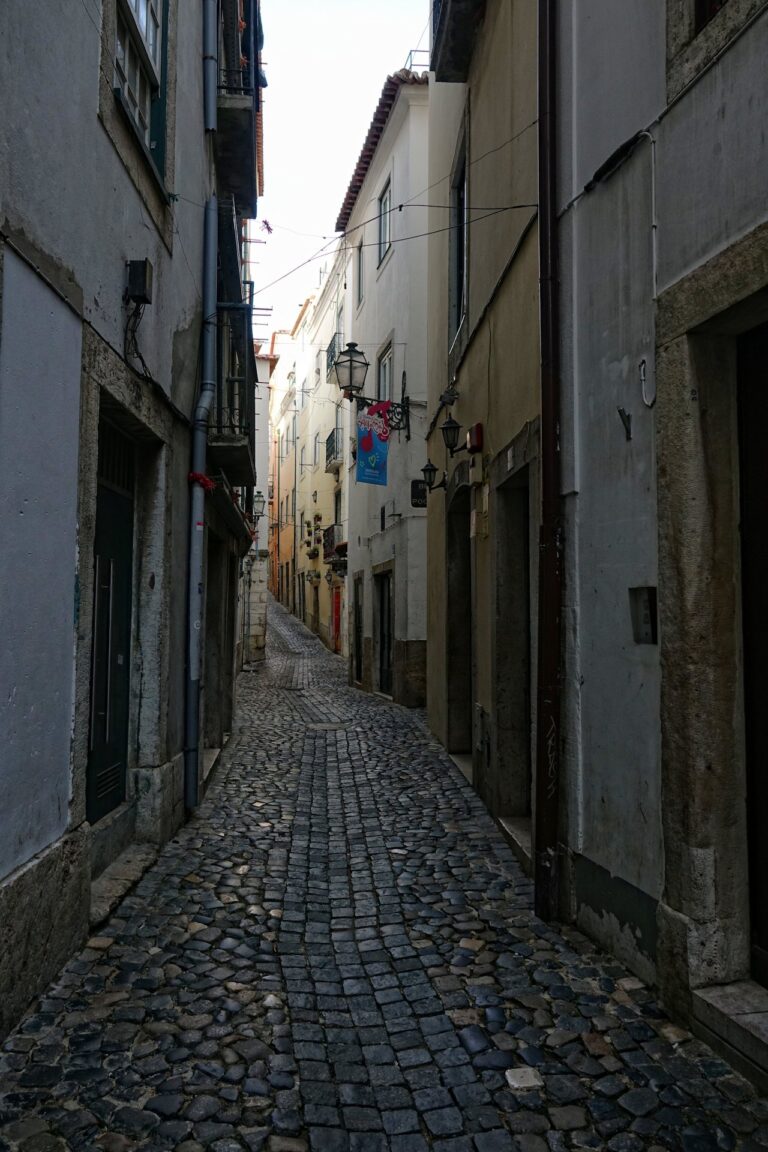
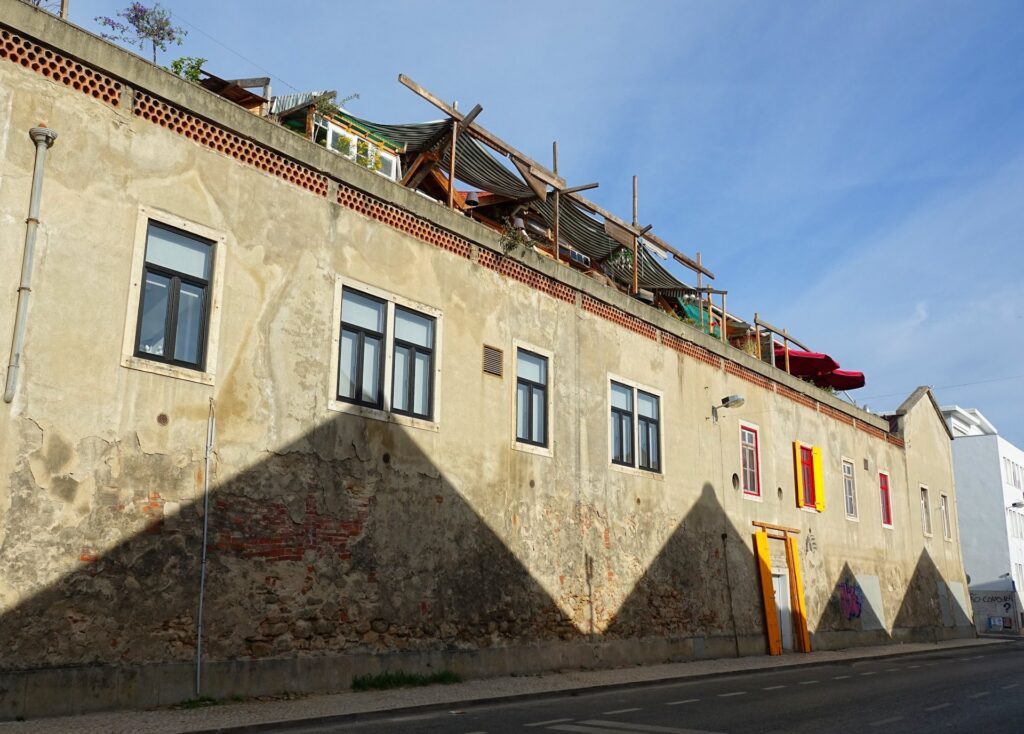
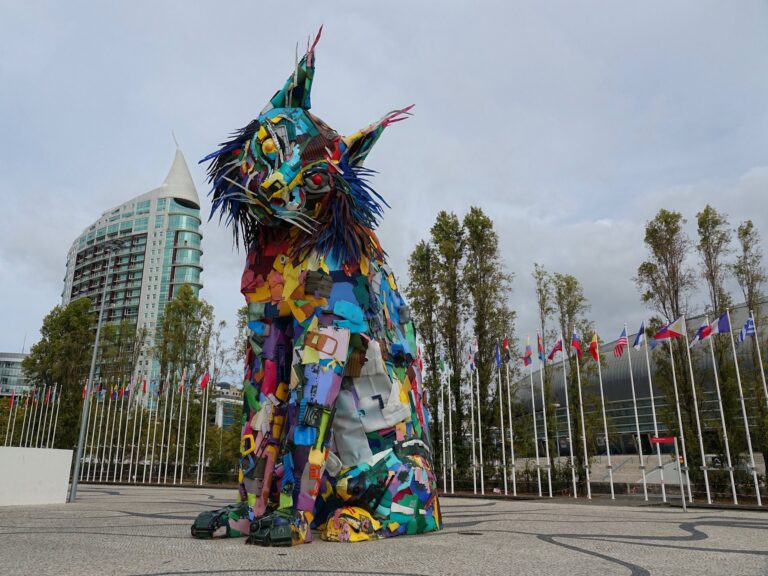
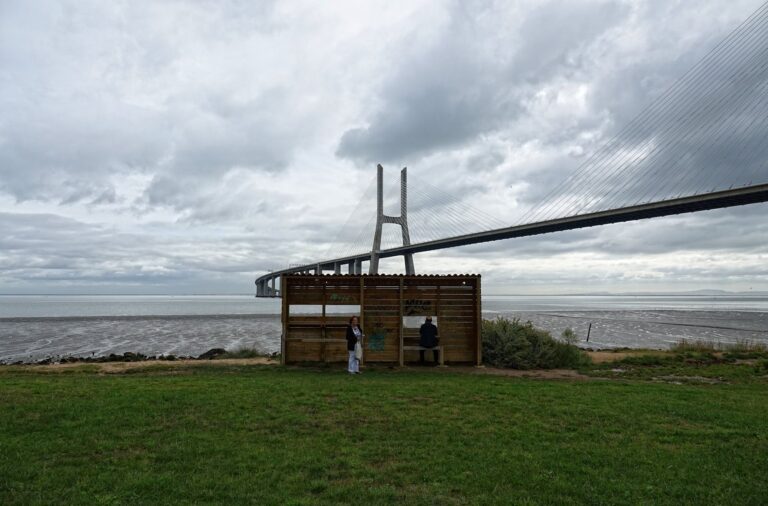
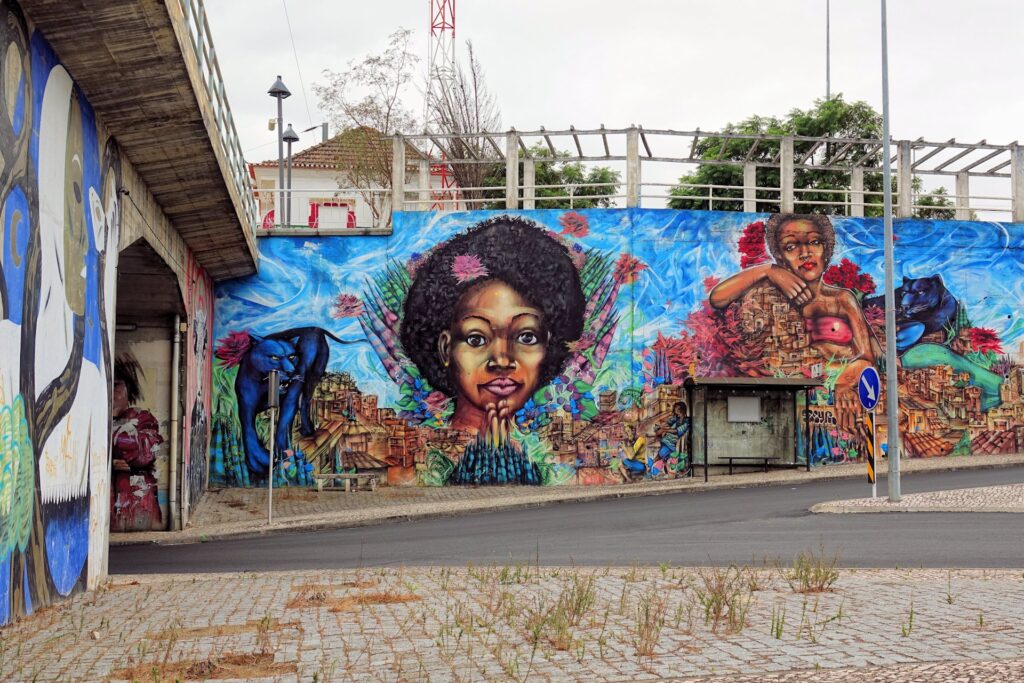
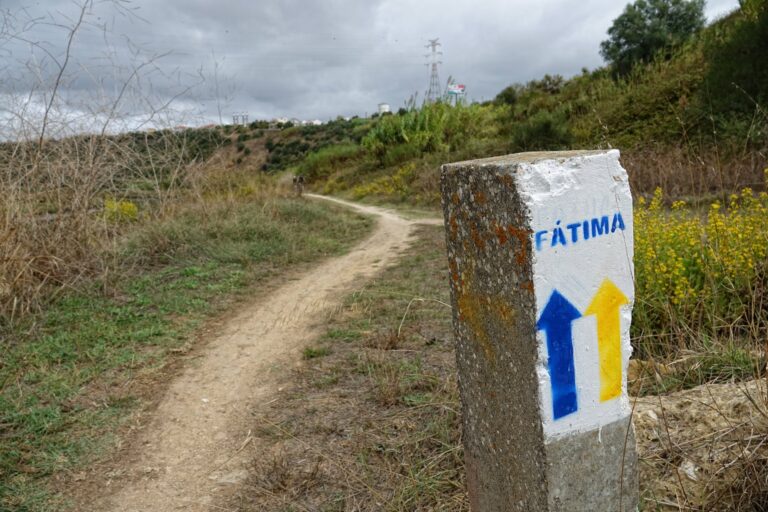

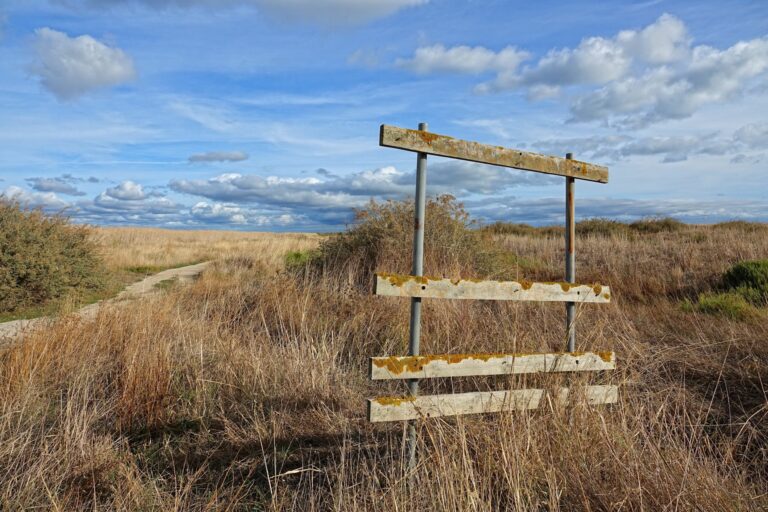



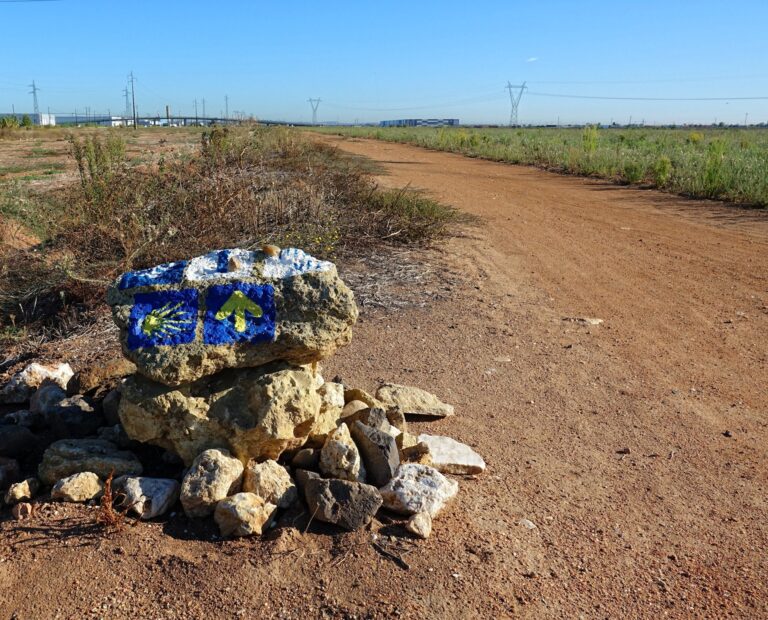

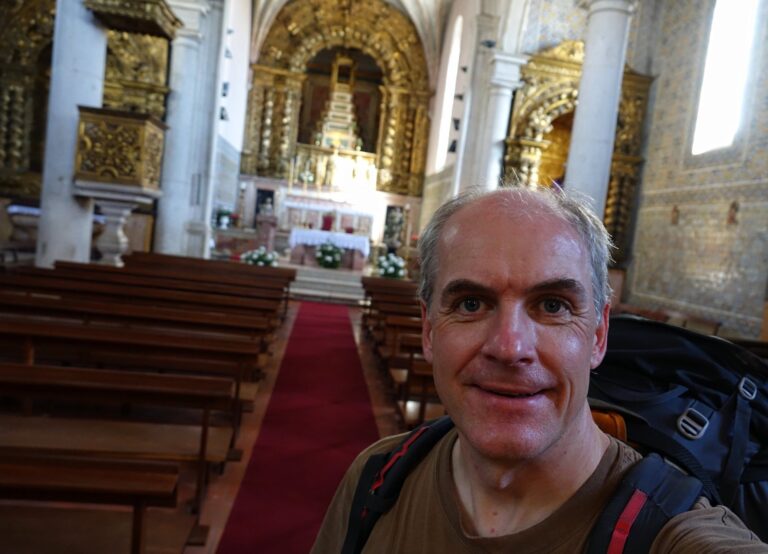

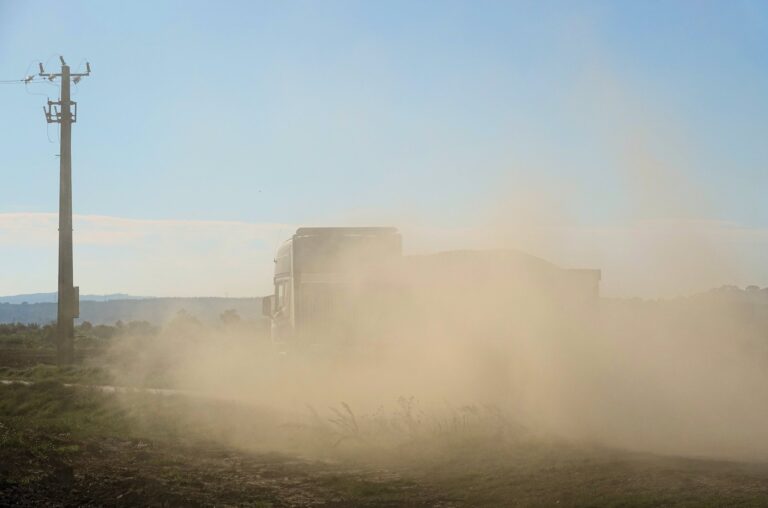

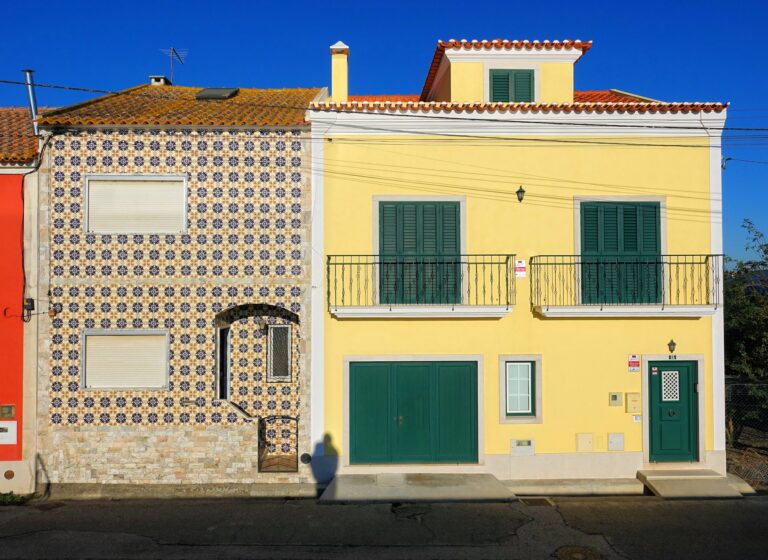



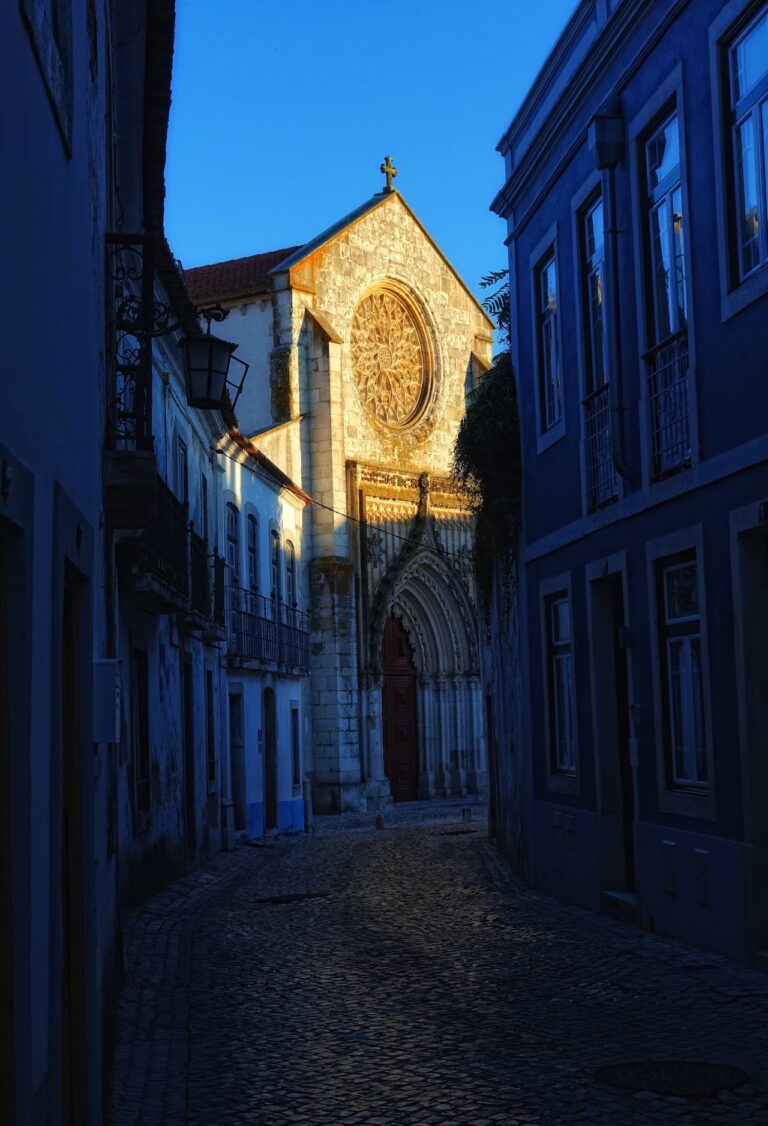

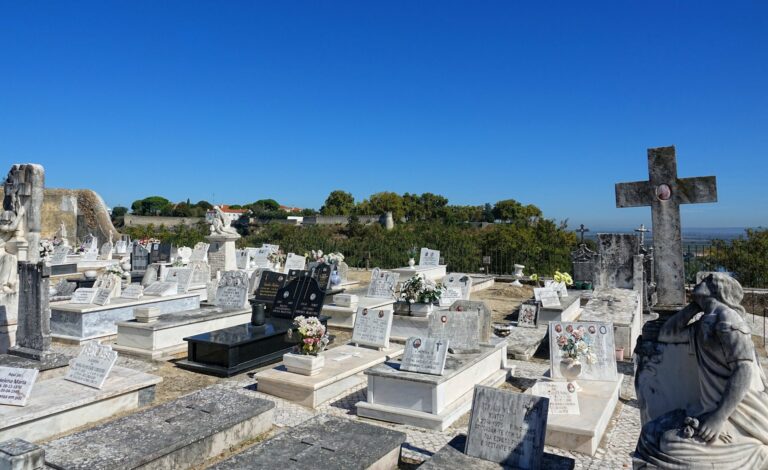
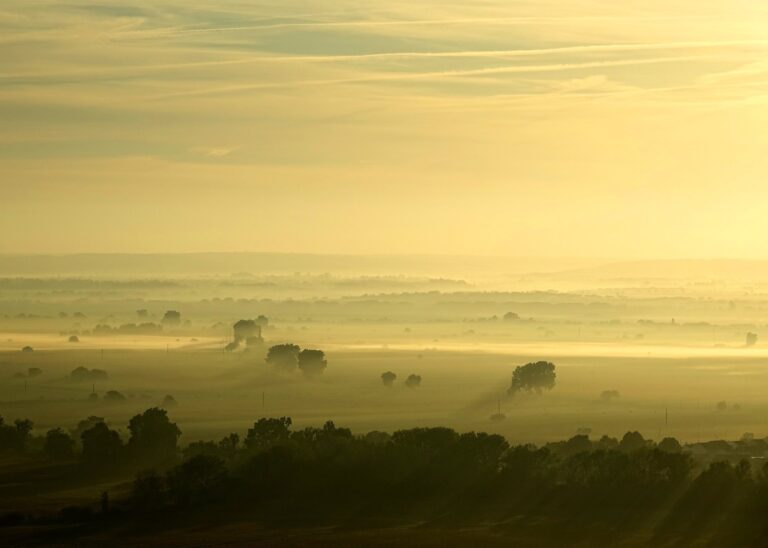

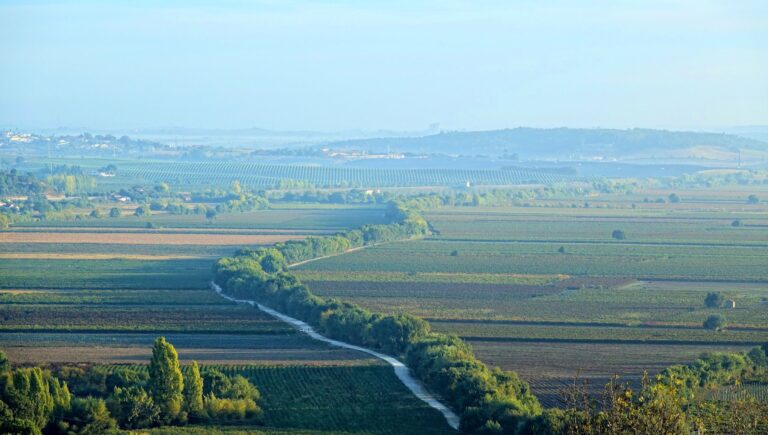

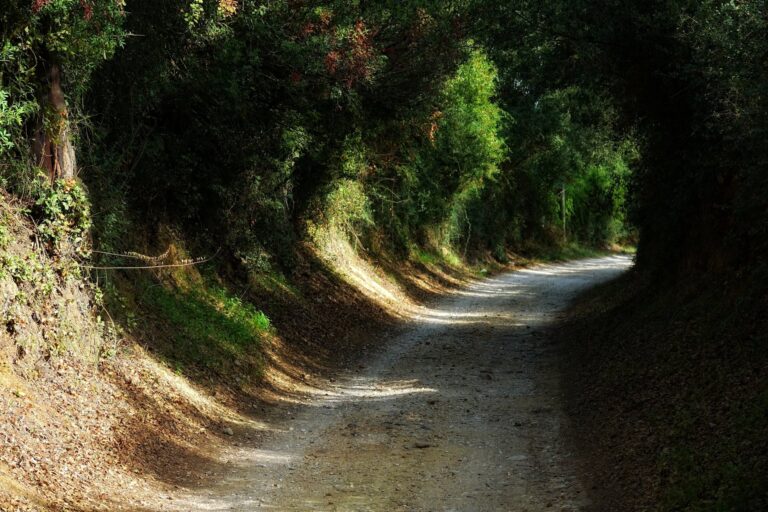

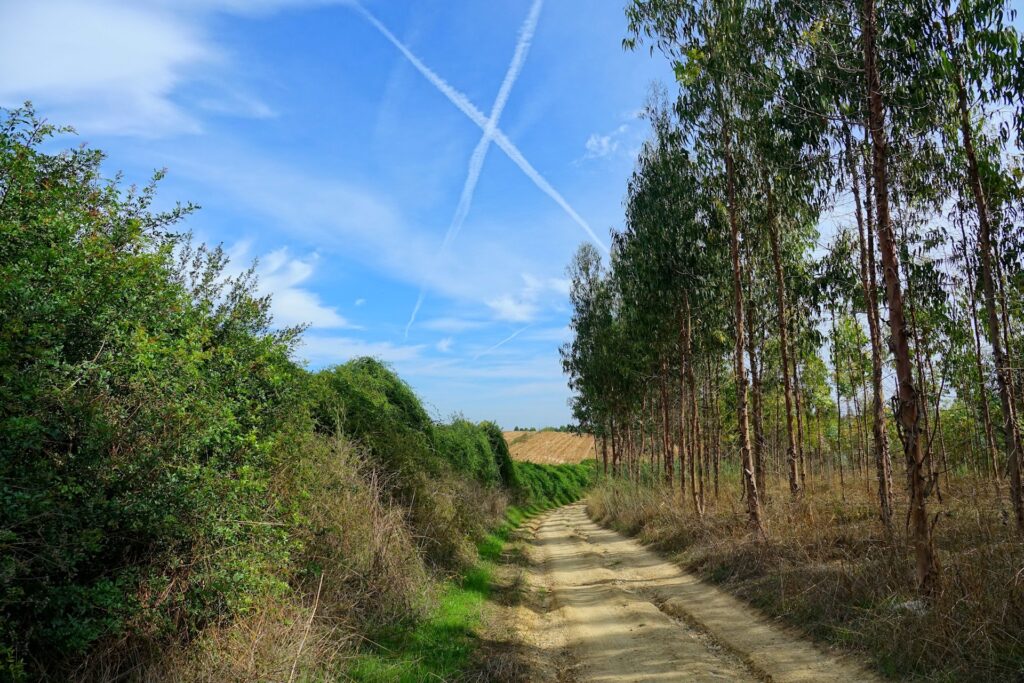
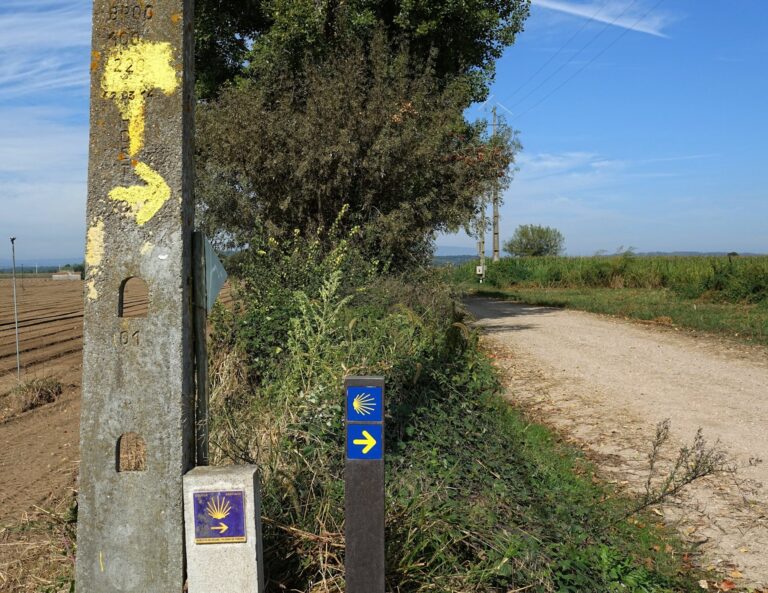



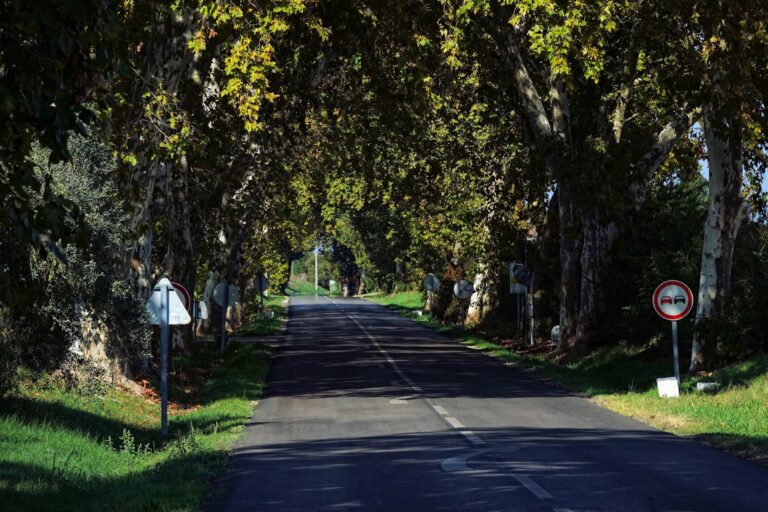
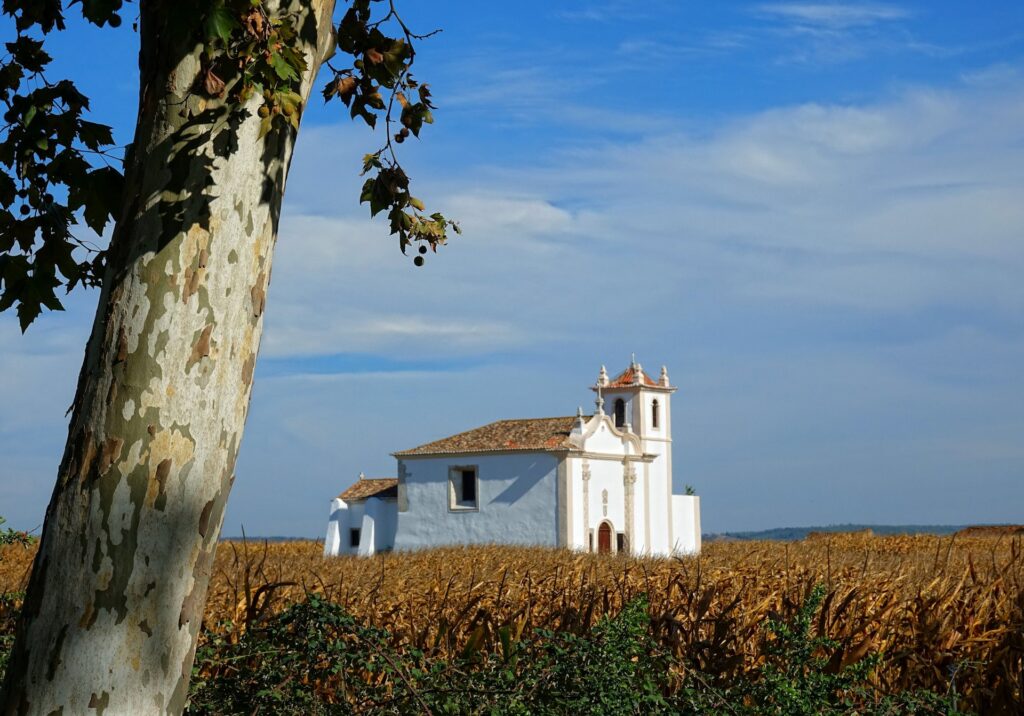

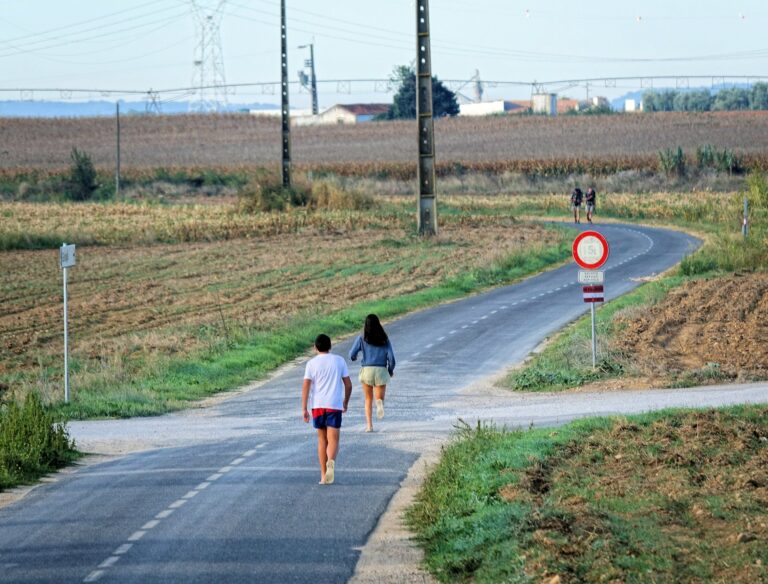

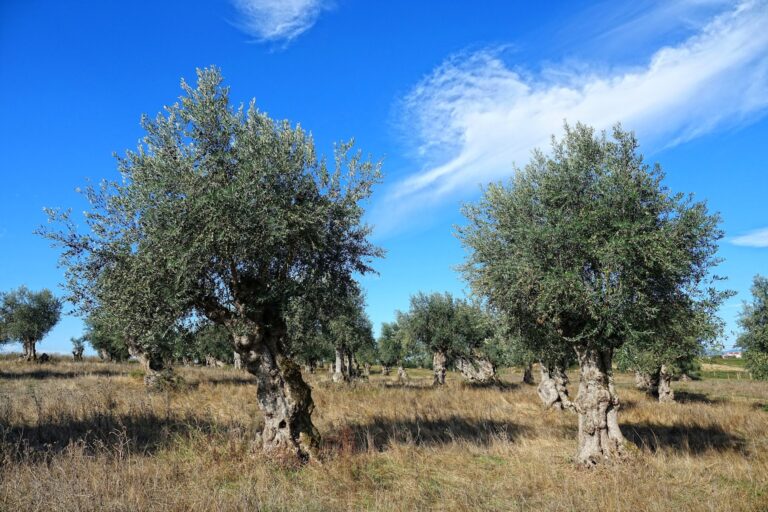
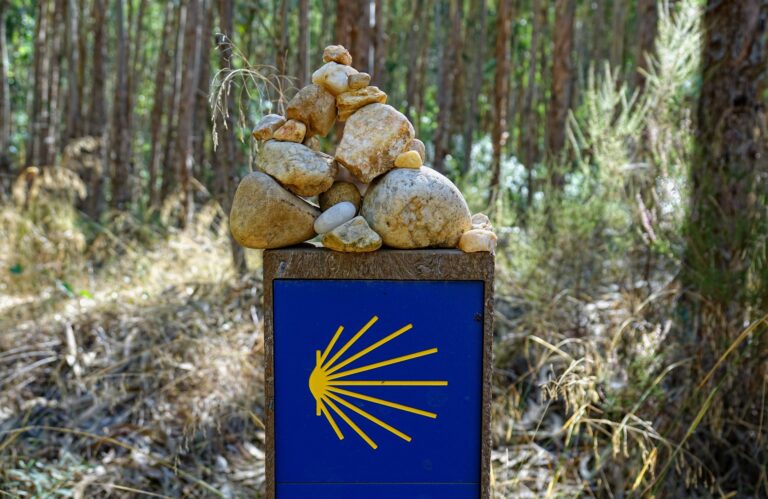
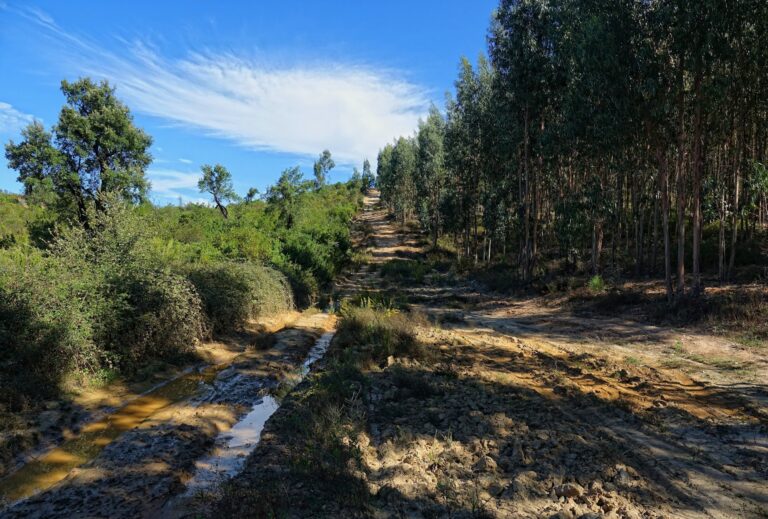
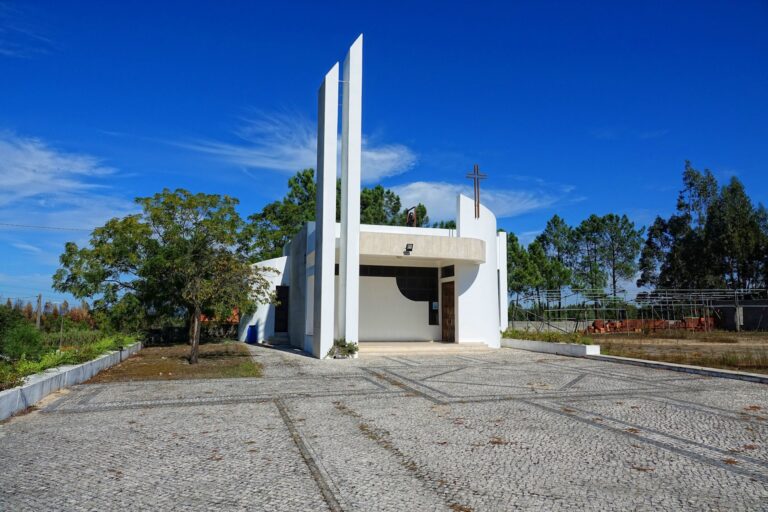

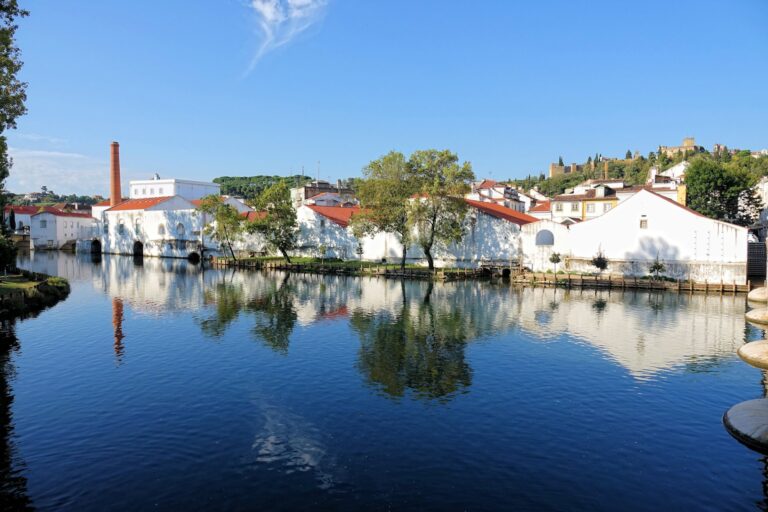

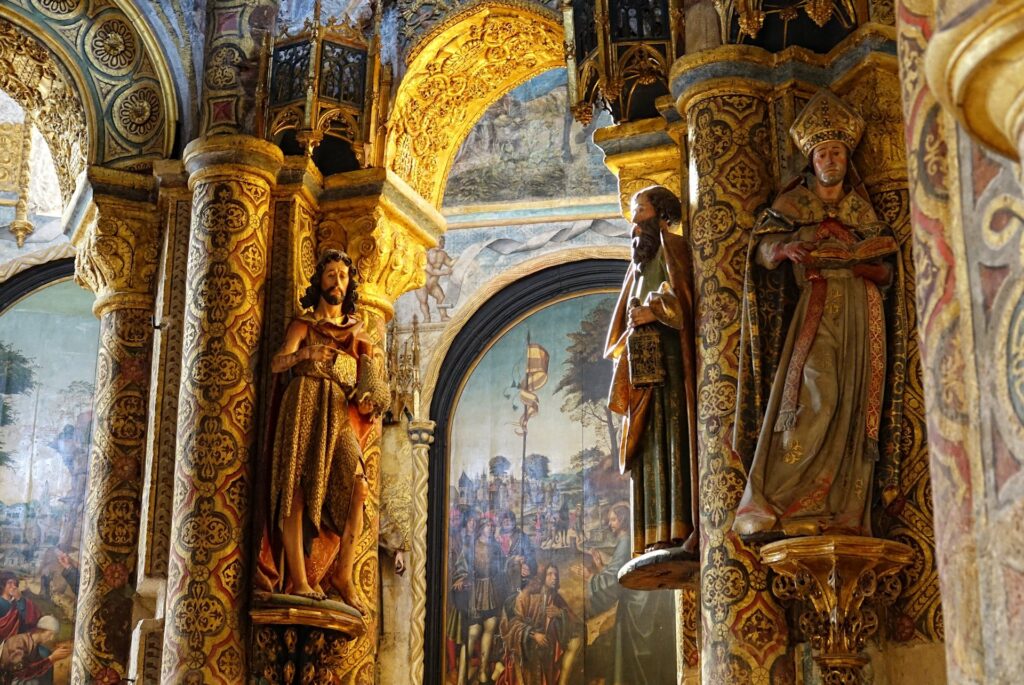

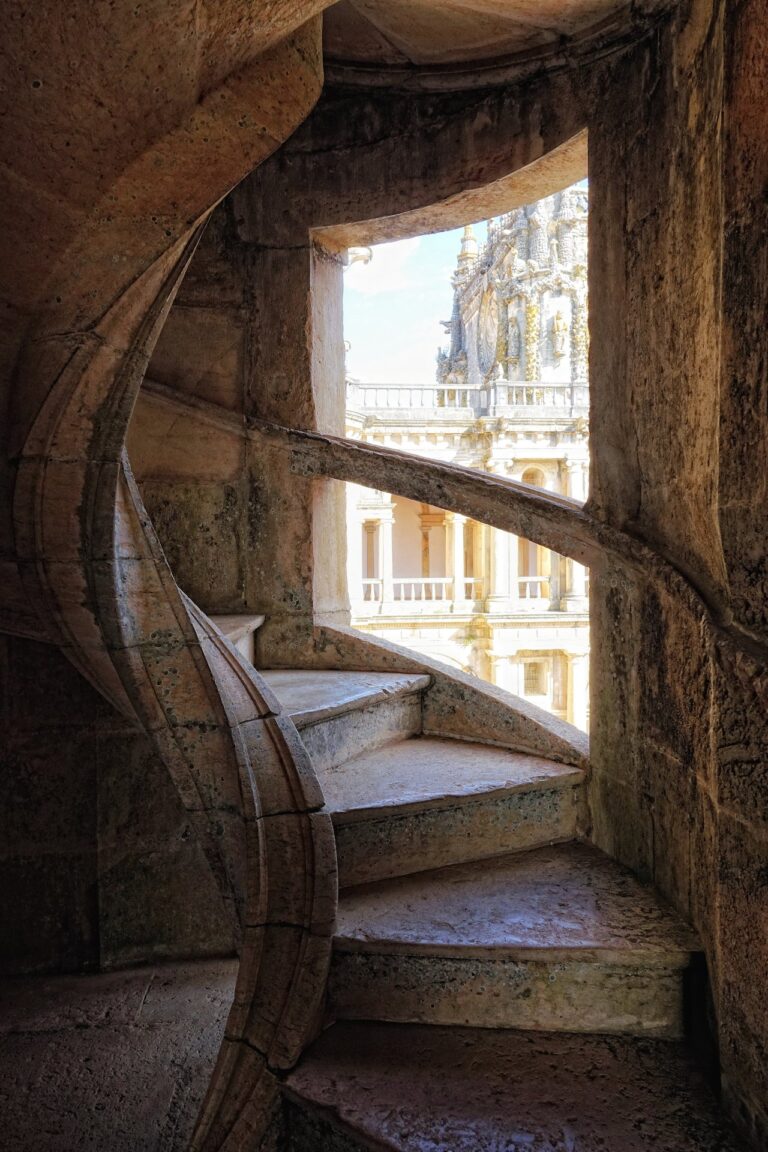

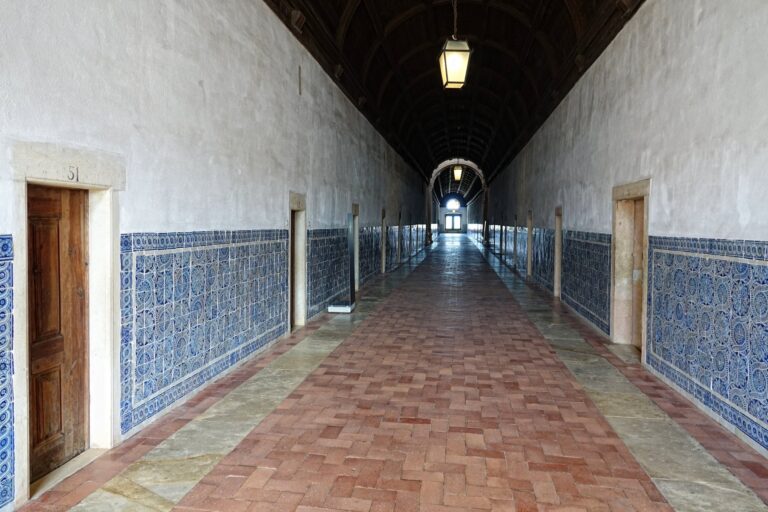
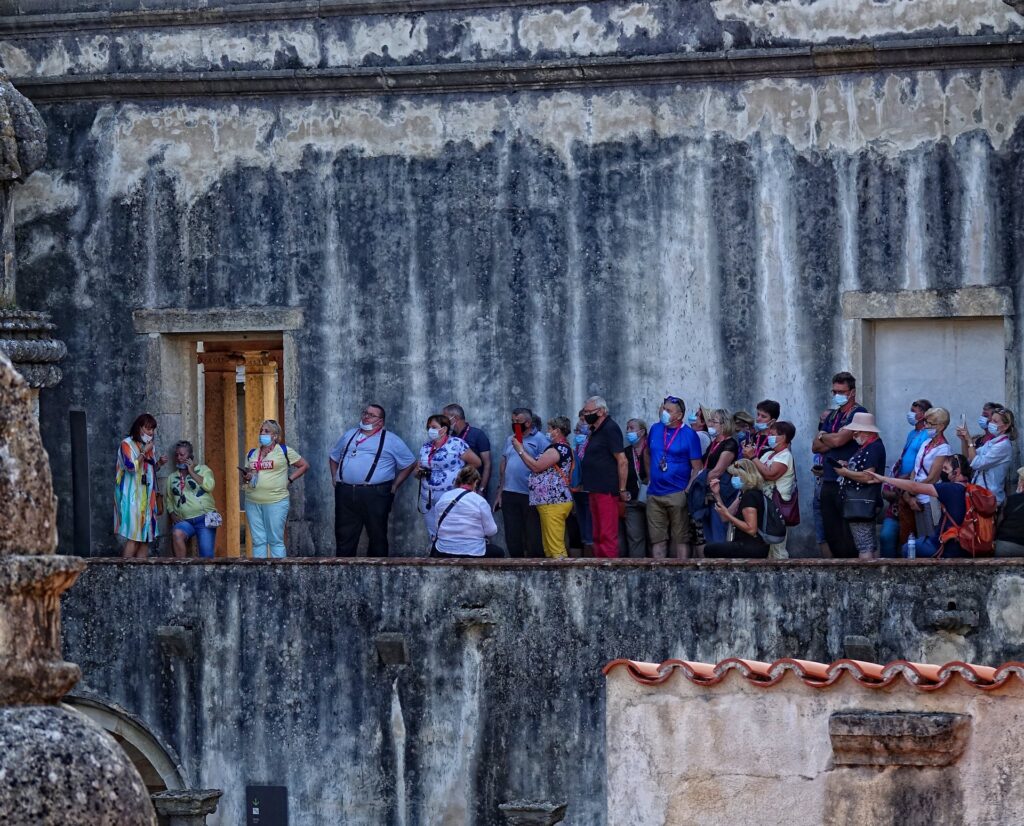
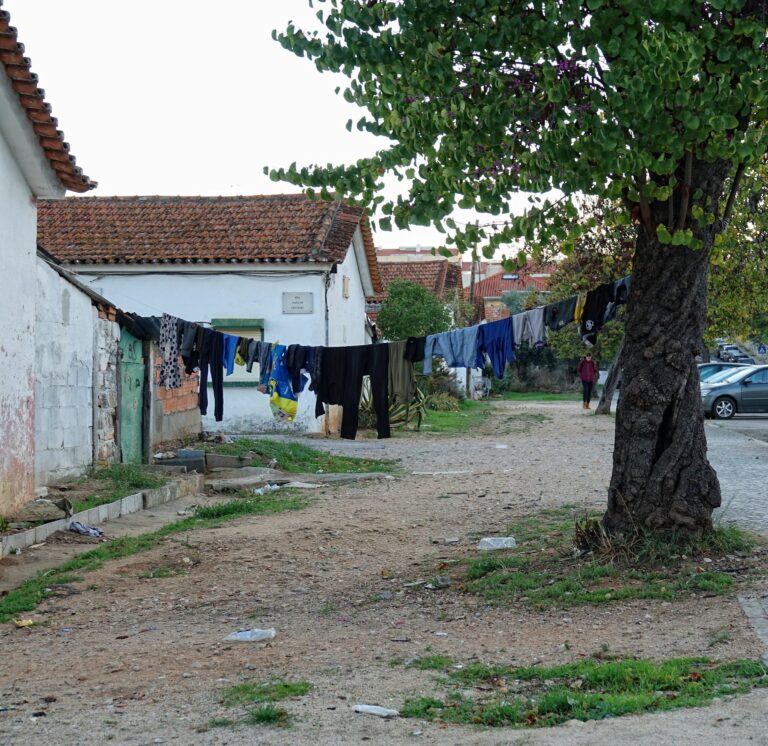

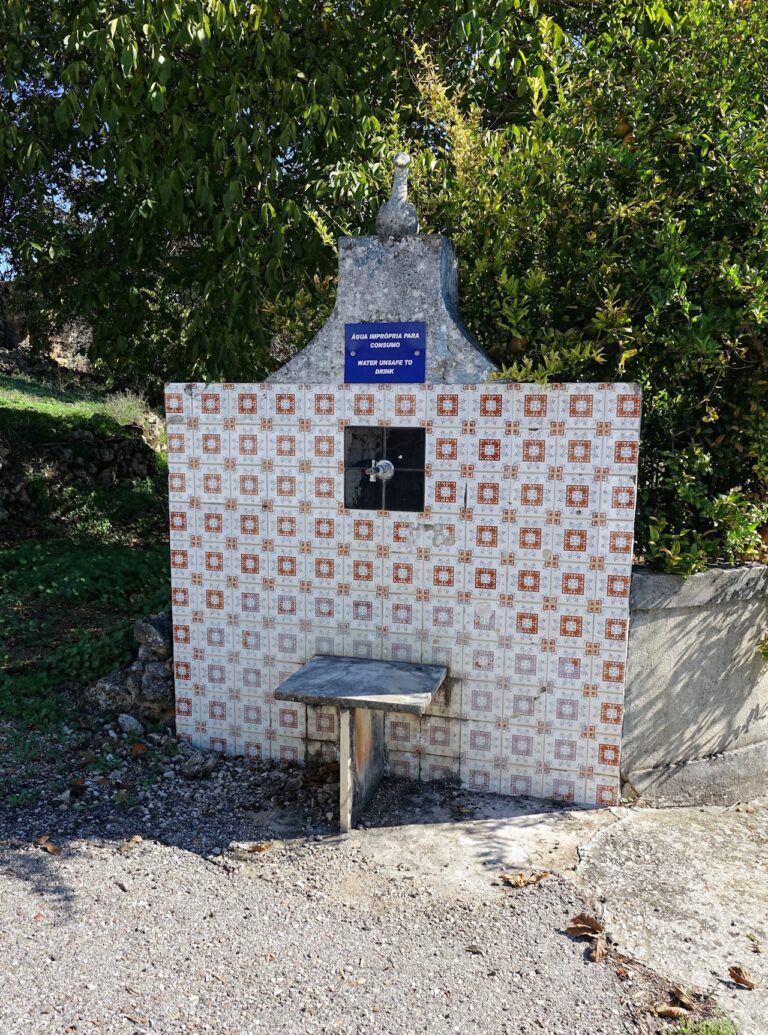
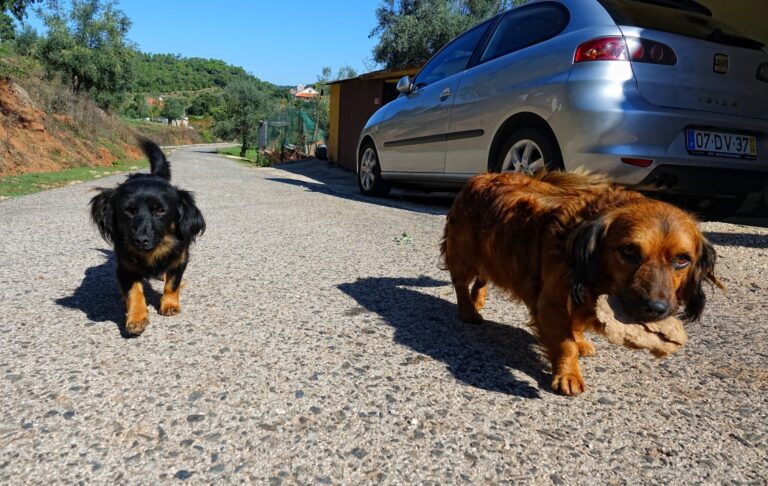
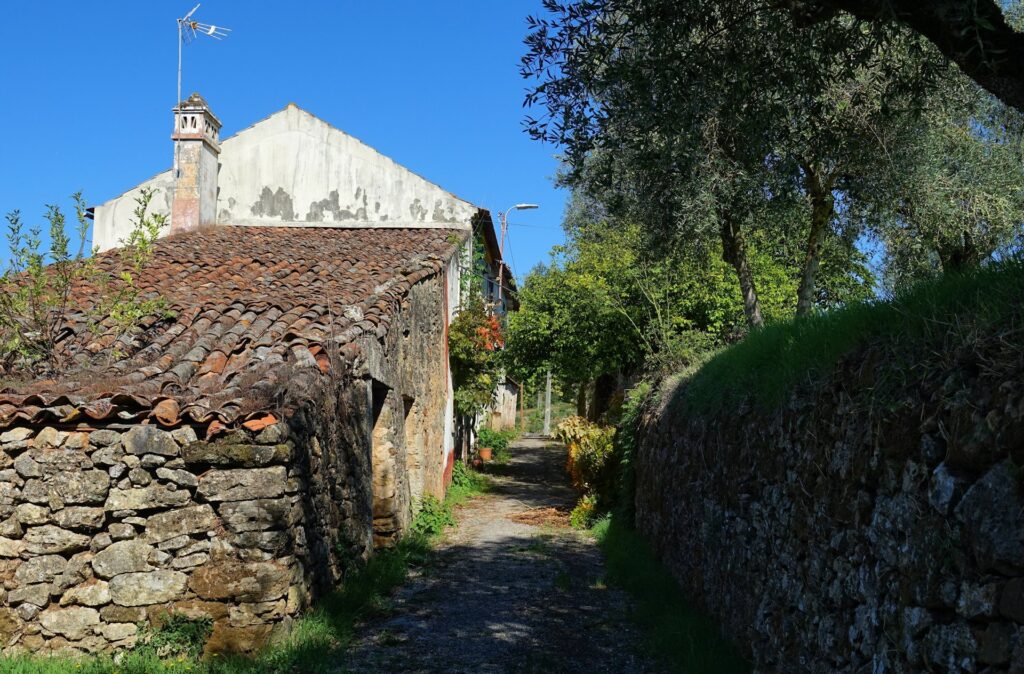


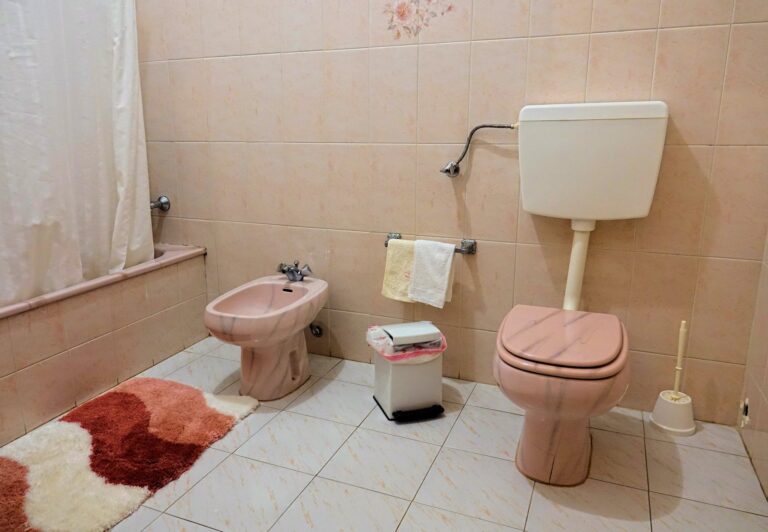
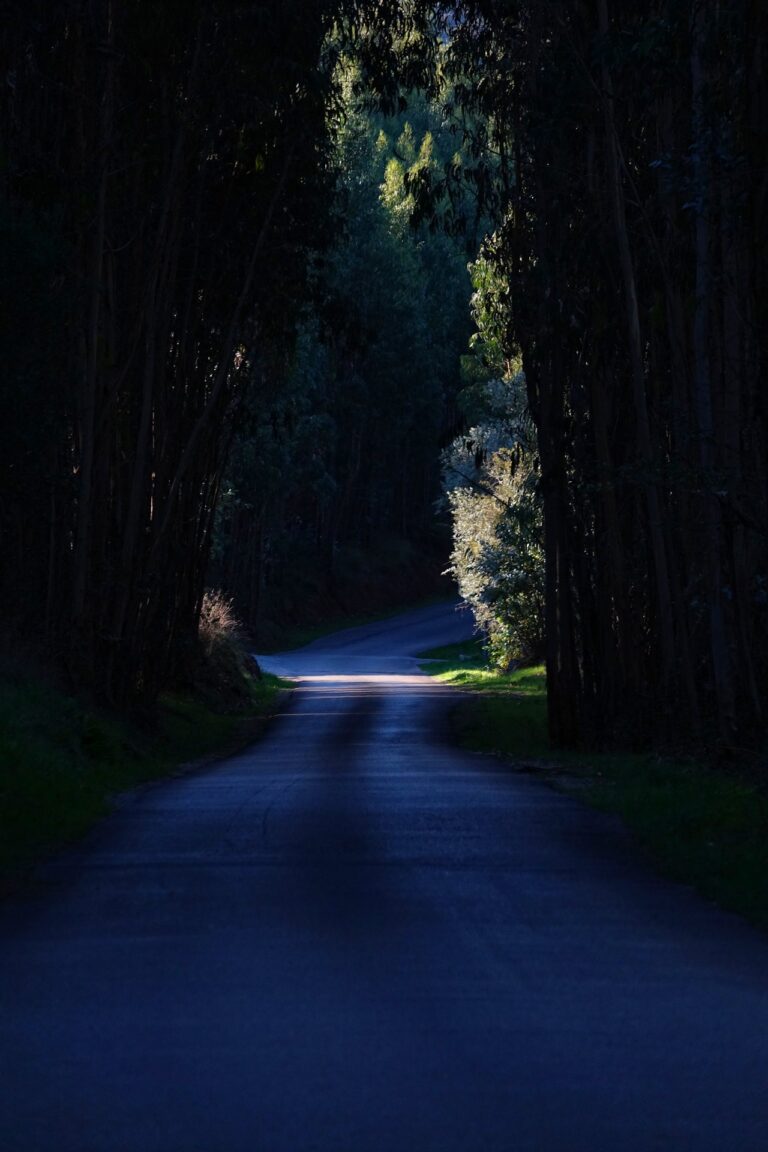
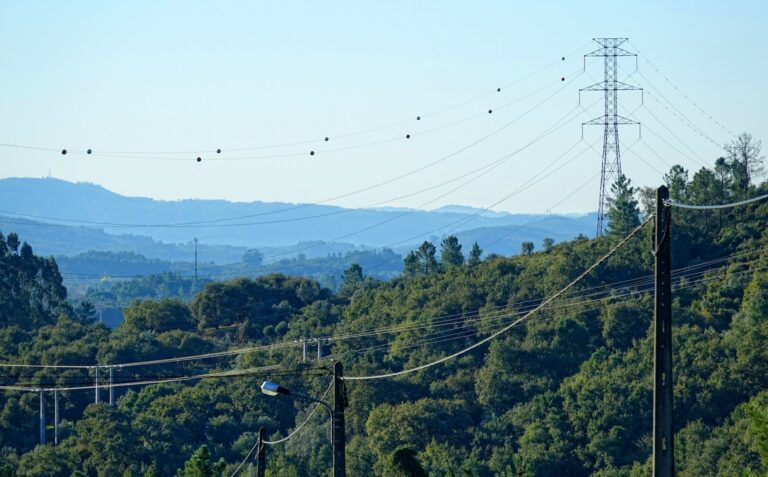
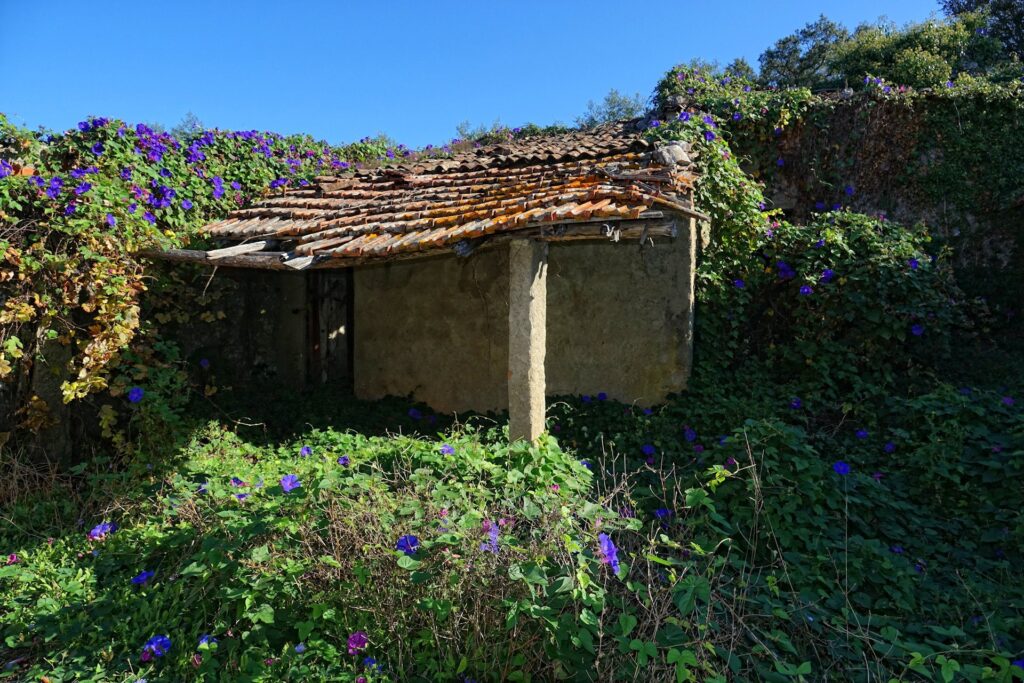
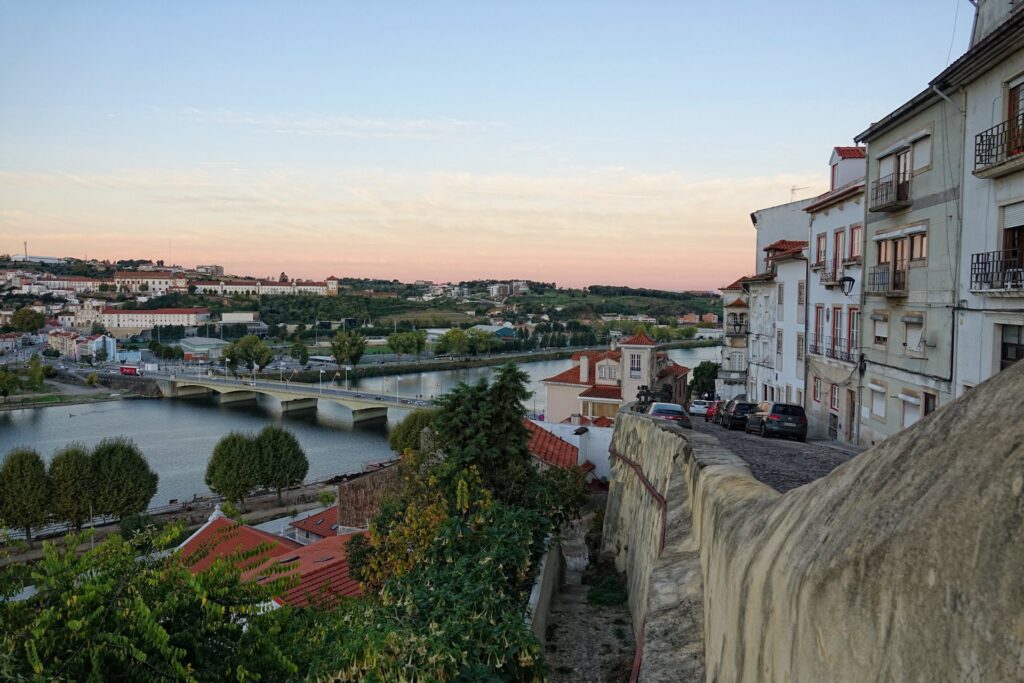
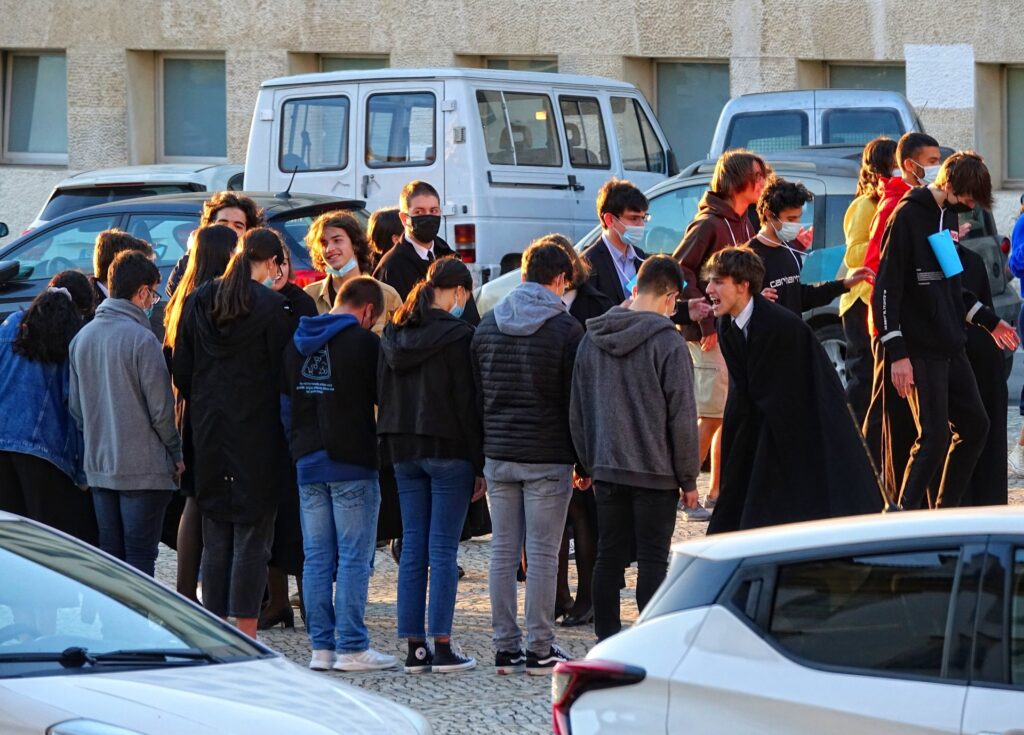


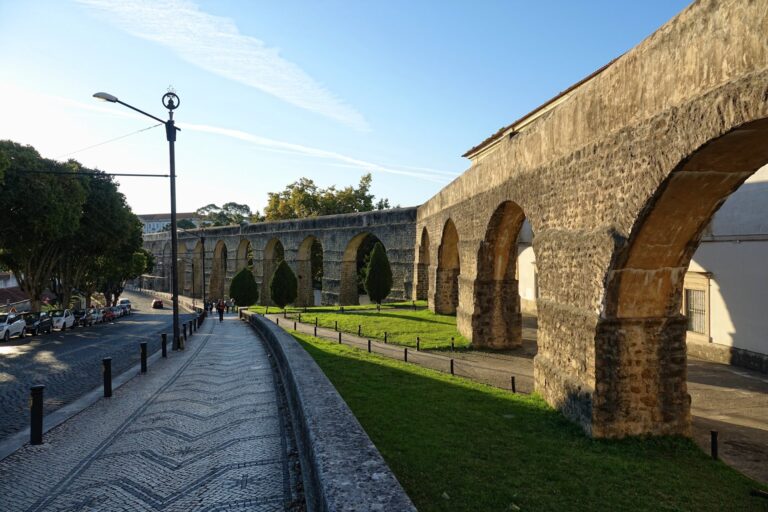

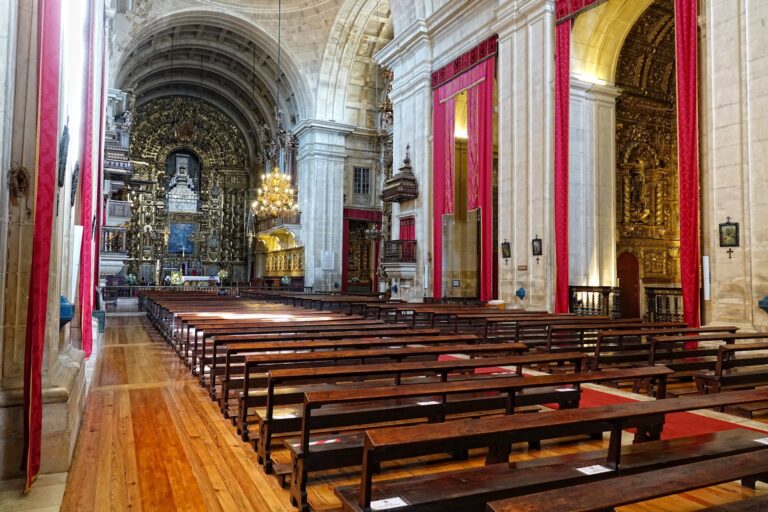
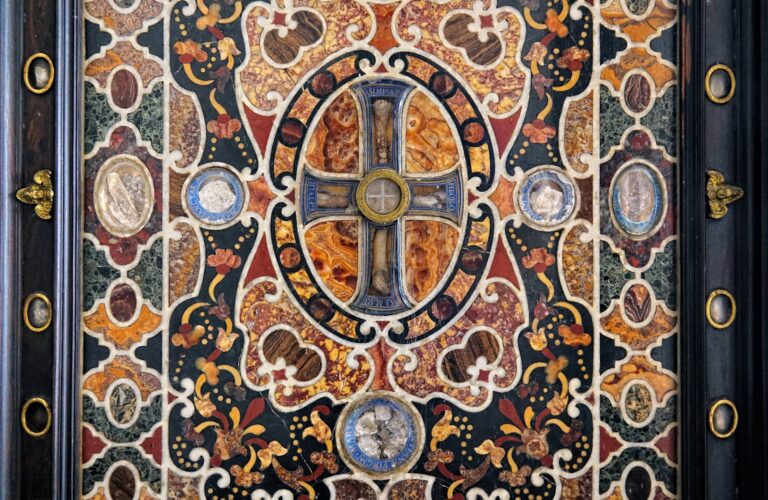

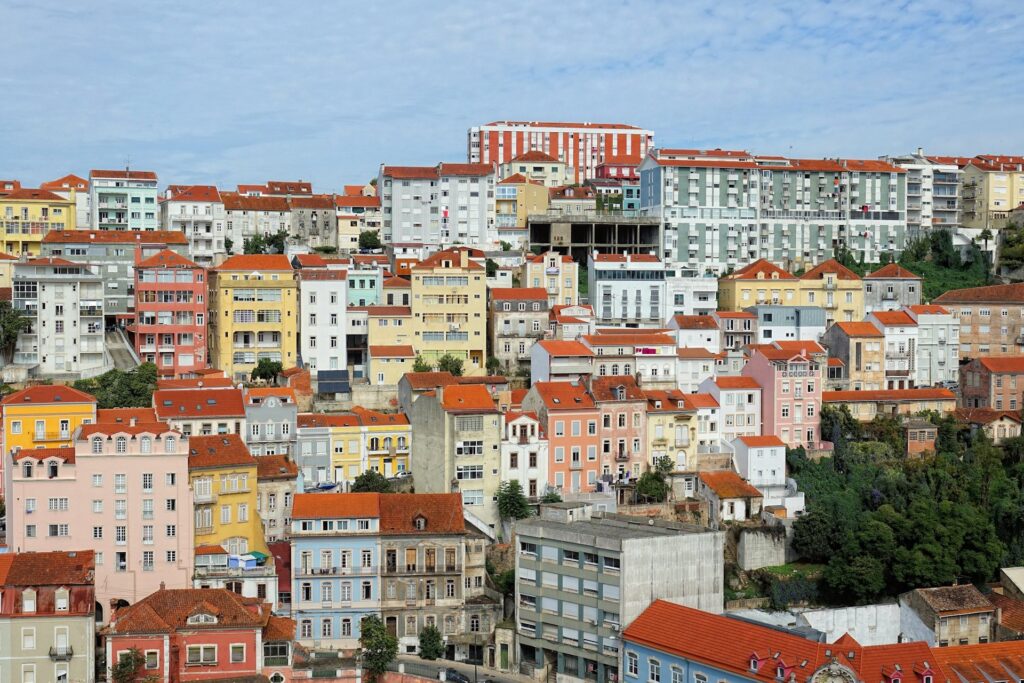
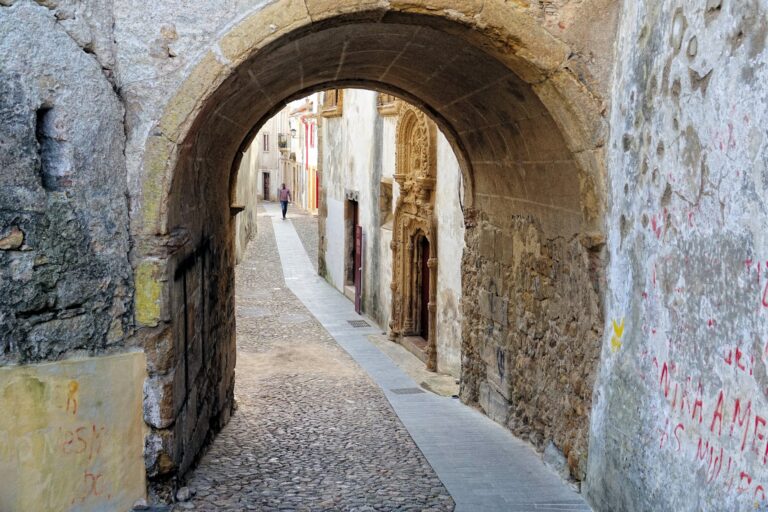
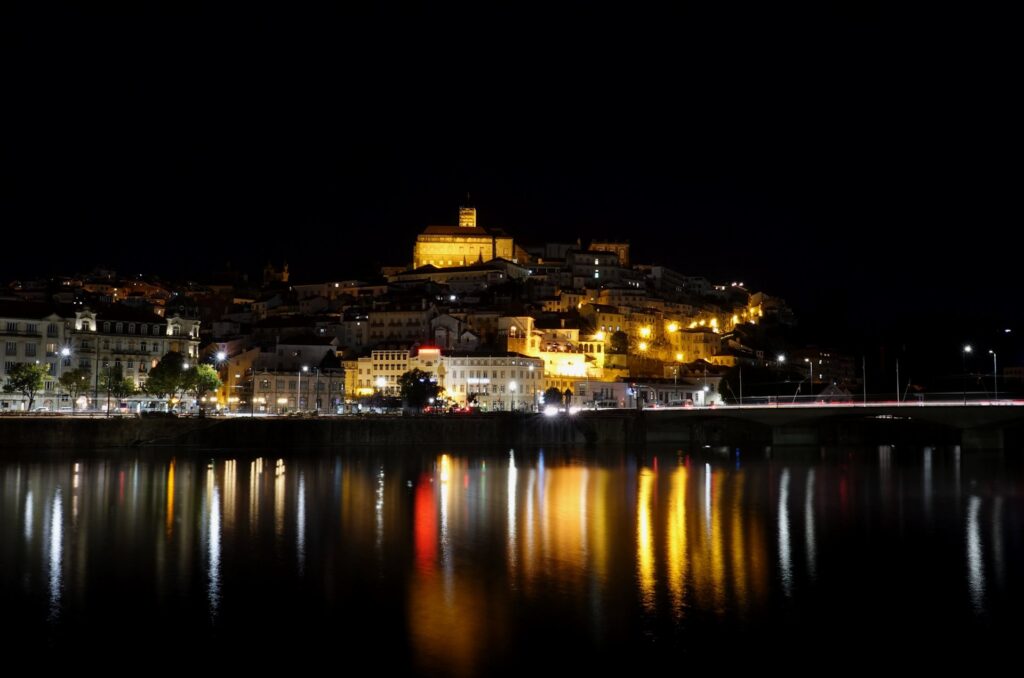
15 Comments. Leave new
I plan to make a stop at Coimbra after I complete my Porto-Santiago Camino. It will be where I rest and reflect after the walk. How many nights do you recommend I stay in Coimbra?
It’s a good choice for resting, in my opinion. It’s easy to spend two full days just seeing the main sights in Coimbra, as there are many museums and public interesting sites. Several of them are relevant to the Caminho. And you will eat and drink well, too. 🙂
If I may suggest something else, depending on how much time you have available, you could also take a bus or train to Tomar from Coimbra. It should take about two hours and cost less than 20 euros. Tomar is one of my favorite places between Lisboa and Porto, with the historical Convent of Christ as a definite highlight. But in case you feel like doing some more pilgrim stuff, you can walk from Tomar to Fatima, which is another major pilgrim destination. It can be done in one long day (just over 30 kilometers), or better in two days. You could of course also just take a bus from Coimbra straight to Fatima and look around, maybe even as a day trip.
Either way, I’d say 2-3 nights in Coimbra is a good start. Happy trails!
I’m so glad you told me about Tomar. I may have time to go to Tomar before I walk the Camino. Is 2 nights in Tomar enough? Should I add another day to get a day trip to Fatima?
A full day of looking around Tomar is enough for most. It’s easy to just stroll around and enjoy it, with going up to the Convento de Cristo being the definite highlight.
If you want to see Fatima, consider walking as a pilgrim from Tomar. There’s a good trail to follow. If not, you can easily go to Fatima on a day trip by bus, but you might as well stay overnight in Fatima instead of returning to Tomar. Or maybe take a late night bus from Fatima to Porto/Lisbon, whichever direction you’re going.
bonjour
cela donne envie de le faire , vouq avez vu beaucoup de camping ?
No, there’s not much camping along any route to Santiago through Spain and Portugal. Camping anywhere outside designated camping sites is not really legal there, so even though you would probably be able to do it with no problem, it is not at all encouraged. The logic is that everyone should spend the night in places where water and toilets are available. This goes both for camping in a tent and sleeping in your car. In an emergency it would probably be tolerated, of course, but in general you should sleep at one of the MANY places dedicated to pilgrims, or in a hotel.
Hi now that you’ve gone from Lissadon to Porto, do you think it was uninteresting. the route looks nice from your photos.
I would not say it was uninteresting, it just isn’t spectacular in any way. It’s a walk through Portuguese fields, forests and villages. It’s pleasant, but that’s it. I quite enjoyed a calm evening in Valada, and Santarém has many things to see. Above all, I enjoyed Tomar because I’m a great admirer of the Portuguese explorers from the Age of Exploration. And of course, Coimbra is well worth stopping in for a couple of nights to see the hill with the university on it, and the old town. But the long walks across fields smelling of rotten tomato and dead maize/corn plants, that wasn’t so great.
Thank you for sharing your Portuguese experience. I’ve so enjoyed it and look forward to the next section from Porto.
This is what I now have to experience as I cannot do the French way anymore due to my worn out knees. I’ve climbed many high mountains and skied too many moguls, so I will end up having to have a bi-lateral operation.
Beautiful travel log with great info. I was surprised by the heat in October! Wondering what February would be like? Good to know it was safe during COVID…. We’ll start in Fatima… absolutely love that place and want to return so might as well start there!
Would love to hear from you if you continue past onward from Porto!
Hi Lisa. I have no idea what February will be like. I doubt it will be as hot as the beginning of October was last year. Please note that the weather turned much colder when I reached Spain. Still not cold, but the change from 30 degrees Celsius to around 10 was noticeable …
I have finished my walk to Santiago, but I’ll probably need a couple more months before I’m ready with a post from the walk between Porto and Santiago. I’ll try to remember to let you know when I’m finished. 🙂
Loved your journal and your photos. Brilliant!
Did you write like this from Porto as well? If you did I would love to read it.
Thank you for your insights
Anita
Thank you, Anita.
I will get around to write about my walk between Porto and Santiago as well, just give me time. 🙂
We might have met somewhere along the way; however, Covid restrictions delayed our USA departure this year.
I love your blog. Thank you for satisfying my need to know what I’ve missed. Someday!
Thank you for sharing.
I’m planning to go 2023.